Planning your next hiking adventure? The Coast to Coast trail in England is one of the most iconic and rewarding long-distance walks in the world. Whether you’re a seasoned hiker or dreaming of your first long walk, this guide answers the top 10 questions about the Coast to Coast trail to help you prepare. From expert-curated itineraries to insider tips for navigating this awe-inspiring route, we’ve got you covered.
1. What is the Coast to Coast Trail?
The Coast to Coast trail is a 190-mile (305 km) hiking route that spans the width of Northern England. It was designed in 1973 by Alfred Wainwright, a renowned fell walker (mountain hiker) and author. The trail begins at St. Bees Head on the Irish Sea coast and concludes at Robin Hood’s Bay on the North Sea.

Passing through three stunning National Parks—the Lake District, the Yorkshire Dales, and the North York Moors—the Coast to Coast offers diverse terrain, dramatic vistas, and a unique sense of accomplishment.
2. Why is the Coast to Coast Trail Special?
What sets this trail apart from other long-distance walks? Here are some reasons:
- Cultural and Scenic Diversity: Few routes can claim to navigate three unique National Parks and such varied landscapes, from rugged mountains and moorlands to quaint villages and rolling green valleys.
- Historical Significance: The path takes you through sites steeped in history, including Roman roads, ancient stone circles, and charming medieval towns.
- A Challenge Worth Taking: Completing the Coast to Coast is a badge of honor in the hiking world. It’s not just a trail - it’s a rite of passage for adventure seekers.
- Inspired by Alfred Wainwright: This iconic route was brought to life through the writings of Alfred Wainwright, whose detailed guides and love for the landscape continue to inspire countless hikers to take on the challenge.
- Camaraderie on the Trail: The Coast to Coast trail brings hikers together from around the world, creating a strong sense of community. Sharing stories, offering encouragement, and bonding over the journey build lasting connections and unforgettable memories.
3. Which Itinerary Should I Choose?
Choosing the right itinerary depends on your time frame, preferences, and fitness level. Macs offers a variety of different durations, ranging from 14 to 18 days to complete the full route. In a nutshell - the shorter the duration, the longer you hike each day and, therefore, the more strenuous it is.
If you'd prefer to split the route into two separate trips, you can opt to hike the east section or the west section, which are set at 9 days, respectively.
If I select to cut the trail in half and walk one of the 9-day sections, which section should I walk, the east or the west?
We’re not talking about which direction you should walk – west to east is the only direction we offer, as it’s how Alfred Wainwright designed the walk to be done. He said, "You’re best doing the walk with the prevailing wind at your backs".
What we’ve done is simply divide the journey in two, giving you the flexibility to tackle half at a time. You’ll still be heading east towards the North Sea - the only choice is whether to start with the western half or the eastern half.

Here’s a quick comparison of the east and west section of the trail:
The west section offers some truly spectacular views but is tougher with ascent and rougher terrain. This part greets you with dramatic coastal cliffs, the unrivaled beauty of the Lake District, and some of the most challenging climbs of the entire route.
The east section is very scenic and a little easier (heading back down towards the coast). Some hikers do the east section first (to build up fitness and understand the route), then return to complete the west section. This half of the trail features rolling hills, the charming towns of the Yorkshire Dales, the heather-covered North York Moors and ends with a stunning seaside finale.
Of course, we’d suggest that you hike the full routes, but if you're hampered for time, then you have the choice to decide which leg you tackle first.
Prefer the best of both worlds? Choose one of our full self-guided Coast to Coast itineraries >
4. Is the Coast to Coast Walk Difficult?
It’s not a walk in the park (literally), but it’s achievable with the right preparation.
- Terrain: You’ll encounter a mix of terrains, from rocky ascents and open moorlands to muddy tracks and picturesque villages.
- Elevation: The trail has notable climbs, especially in the Lake District, with ascents over 3,000ft.
- Fitness Level: While experienced hikers will still find it a challenge, beginners can still tackle this route by preparing with shorter hikes and gradually building endurance.

Check out our detailed guide on training for a long-distance trail to help you get ready >
5.Can I Take Rest Days, Shorten or Break Up the Trail?
Rest Days:
Absolutely. Strategic rest days give your legs a break and allow you to immerse yourself in the local culture. Recommended stops include:
- Grasmere: To add a rest to the first section of the route. Visit Wordsworth’s Dove Cottage or sample their famous gingerbread.
- Kirkby Stephen: To add a rest exactly halfway through. Visit the historic St. Stephen's Church, take a leisurely walk along the River Eden or in the nearby Smardale Gill Nature Reserve.
- Richmond: to add a rest in the last section of the route. Explore the town’s castle and historical charm.
Shortening Daily Hikes:
While we design our itineraries thoughtfully to help you enjoy the best experience, some adjustments can be made. For those looking to shorten the hike or skip sections, we recommend:
- Breaking Up Long Days: Split longer segments into shorter walks. Popular spots for this are between Rosthwaite and Patterdale, which we offer on our 15-day itinerary, Shap and Kirkby Stephen which, we offer on our 16-day itinerary, Richmond and Ingleby Cross which, we offer on our 18-day itinerary, and Great Broughton and Egton Bridge, which we offer on our 17-day itinerary.
- Transportation Options: Travel between points using local buses or taxis if you need a rest day or prefer not to hike a particular segment.
6. Are We Really Hiking on Someone’s Private Land?
Yes, this is one of the unique aspects of the Coast to Coast trail! Thanks to England’s "right to roam" laws, much of the trail crosses private farmlands and communities. You’ll pass through gates, cross fields, and occasionally encounter grazing animals.

Just follow the Leave No Trace principle and respect local landowners—it’s part of the adventure!
7.What Are the Accommodations Like?
Accommodations along the trail are more rural and intimate compared to other parts of England. Expect cozy B&Bs, guesthouses, and small inns.
- Upgrades Available? In most towns, upgrades are not available since the whole area is quite rural. Upgraded rooms are available in some of our standard accommodations, but even so, they won’t be the most in-style options.
Locations where we can offer upgrades are: Grasmere, Patterdale (Glenridding), Reeth, Richmond, and Robin Hood’s Bay.
8.What About Meals?
- Breakfast: With Macs Adventure, breakfast is included daily and provided by your accommodation.
- Lunch: Many of the daily hikes on the Coast to Coast trail are in remote areas, so you’ll want to bring a packed lunch so you can stop and picnic along the way. In your trip info we’ll let you know which days this applies to. Packed Lunches can often be arranged with your accommodation hosts for an additional fee, or you can stock up at a local convenience store, if there is one in the area.
- Dinner Options vary, especially in smaller towns, so it’s worth planning ahead to make reservations.
Head to our complete Coast to Coast food guide for recommended places to eat, at each stop along your journey.
Insider Tip: Don’t miss the sticky toffee pudding—a local favorite after a long day on the trail!
9.How Do I Get to the Start of the Trail & From the End?
Getting to the Start of the Trail
It depends on where you're starting point is. If you're starting in St Bees, here are a few options:
Getting to St Bees
If you're hiking west to east (the traditional route) you'll be starting in St Bees. There are several travel options to reach St Bees using public transport, depending on your arrival airport. Here's a breakdown to help you plan your trip confidently (you may want to consider arriving in Manchester, England, or Glasgow, Scotland, for the easiest travel options):
- From London Airports: If you're arriving at Heathrow, Gatwick, or other London airports, take a train to central London (e.g., via the Heathrow Express or Gatwick Express). From there, travel to London Euston station and catch a train to Carlisle. Finally, hop on a connecting train to St Bees. From beginning to end, this journey typically takes around 6 hours. Ensure to check train schedules and allow sufficient transfer time.
- From Manchester Airport: England’s Manchester Airport has excellent train links. Take a train directly from Manchester Airport to Barrow-in-Furness then transfer to a connecting train to St Bees. This route is straightforward and takes around 4 hours.
- From Glasgow Airport: From Scotland’s Glasgow Airport, take the express bus or a taxi to Glasgow Central Station. Then, board a train to Carlisle. At Carlisle, transfer to a local service heading to St Bees. The scenic journeys from Scotland offer a delightful prelude to your adventure and takes about 3 hours.
Getting to Kirkby Stephen
If you're hiking the east section of the Coast to Coast route, you'll be starting in Kirkby Stephen.
- From London Airports: If you're arriving at Heathrow, Gatwick, or other London airports, take a train to central London (e.g., via the Heathrow Express or Gatwick Express). From there, travel to London Euston station and catch a train to Carlisle. Finally, hop on a connecting train to Kirkby Stephen. From beginning to end, this journey typically takes around 6 hours. Ensure to check train schedules and allow sufficient transfer time.
- From Manchester Airport: Traveling from England's Manchester Airport to Kirkby Stephen is simple and scenic, thanks to excellent train connections. Start by taking a direct train from Manchester Airport to Leeds. From there, transfer to a connecting train that will take you along the famous Settle to Carlisle Railway line, renowned for its stunning views. The entire journey is straightforward and takes approximately 4 hours.
- From Glasgow Airport: From Scotland’s Glasgow Airport, take the express bus or a taxi to Glasgow Central Station. Then, board a train to Carlisle. At Carlisle, transfer to a local service heading to Kirkby Stephens. The scenic journey from Scotland takes under 3 hours.
We recommend booking your train tickets in advance for the best fares and a hassle-free experience. Don't forget to check updated timetables for smooth connections!
Getting From the End of the Trail
Getting From Kirkby Stephen
Grab a cab to Kirkby Stephen train station, then:
- To Manchester Airport: Board a train heading to Leeds. From Leeds, transfer straight to Manchester Airport. This journey takes about 4hrs.
- To Glasgow Airport: Take a train northbound to Carlisle. From Carlisle, connect to Glasgow Central. Once in Glasgow, hop on a bus or taxi directly to Glasgow Airport for a smooth arrival. This journey takes around 3hrs.
- To London Airports (Heathrow, Gatwick, or Stansted): You have two options - both taking around 4.5hrs. Catch a train to Leeds and hop on the train bound for London Kings Cross. Or board the train to Carlisle then transfer to London Euston. Depending on your chosen airport, you can transfer to the Heathrow Express, Thameslink, via the Tube Underground, or another convenient route for Gatwick or Stansted airports. Make sure to plan ahead and allow time for connections.
Robin Hood's Bay
Getting back from Robin Hood's Bay to major airports is straightforward with a bit of planning. Here's how to reach Manchester Airport, Glasgow Airport, and London Airport:
- To Manchester Airport: Begin by taking a bus or taxi to Scarborough Railway Station, which is the closest major transit hub. From there, board a train to Manchester Piccadilly Station, and then transfer to a direct train heading to Manchester Airport. The entire trip usually takes around 3-4 hours depending on connections, so plan accordingly.
- To Glasgow Airport: Start by getting to Scarborough Railway Station via bus or taxi. From Scarborough, take a train to Newcastle or York and then connect to a train heading to Glasgow Central Station. Once in Glasgow, you can easily access the airport using the express bus or a taxi. Allow up to 5-6 hours for this scenic and rewarding trip.
- To London Airports (Heathrow, Gatwick, or Stansted): From Robin Hood’s Bay, head to Scarborough Railway Station. From there, take a train to York where you can change again for a train to London King's Cross Station, which takes roughly 3 hours. From King's Cross, London's excellent public transport system includes direct connections to all major airports. For Heathrow, use the Heathrow Express or Underground. For Gatwick or Stansted, take the Gatwick Express or a train from Liverpool Street Station. Plan for a total travel time of about 6 hours, depending on the airport.
Remember to check train timetables and airport transfer schedules when planning your return to ensure a stress-free end to your adventure!
Get more tips for traveling to and around England at our England travel guide >
10.When Is the Best Time to Walk the Coast to Coast?
We offer our Coast to Coast adventures between April and October, as weather conditions outside of this period aren't suitable for hiking the route. In April, the higher sections may still have some snow, so if you'd rather avoid the cold stuff, May onwards is a better option. While July and August are peak season and may see more hikers, this route generally doesn’t get busy, making it a great choice throughout the season.
Why Choose Macs Adventure for Hiking the Coast to Coast Walk?
We know that planning hiking trips can be daunting—but that’s why we’ve made it ridiculously easy for you. Here’s what sets Macs Adventure apart:
- Flexibility and Freedom
Go where you want, when you want. It’s travel on your terms.
- Authentic Experiences
Stay in locally run accommodations, eat regional specialties, and truly connect with your surroundings.
- 24/7 Support
Prefer traveling independently but want peace of mind? Our team is always available if you need assistance.
- Sustainable and Responsible
We work with local providers to support communities while lowering environmental impact.
- Expert Curation
Each route is hand-picked and tested by our team of hikers, ensuring the best views, trails, and local culture.
- A Sense of Community
Join our Macs Adventure Facebook Community, with over 14,000 members of passionate adventurers who share tips, exchange stories and support each other. Be part of a community that loves exploring just as much as you do.
Your Next Adventure Awaits
The Coast to Coast walk is more than a hike - it’s a chance to connect with nature, history, and yourself. Whether you’re seeking a physical challenge or a rejuvenating escape, this trail delivers.
Get in touch with the team at Macs Adventure to plan your Coast to Coast experience. We handle everything—from accommodations and luggage transfers to expert tips—so you can simply enjoy the walk.
Book your Coast to Coast adventure today and discover the magic of self-guided travel.









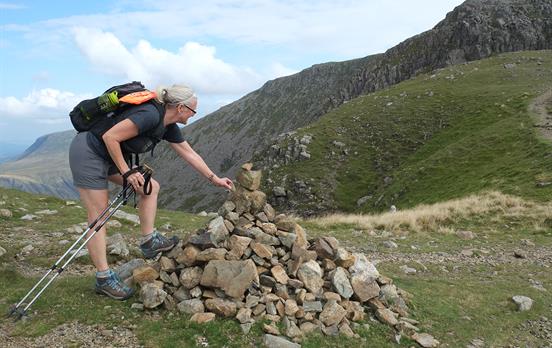
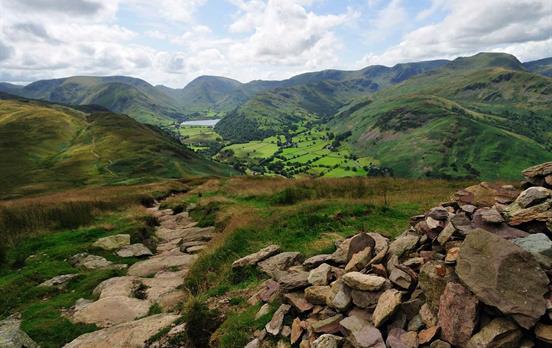
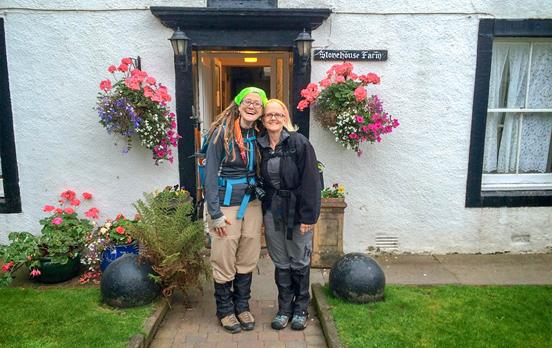
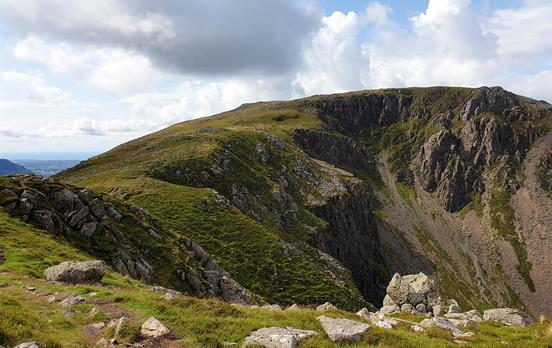
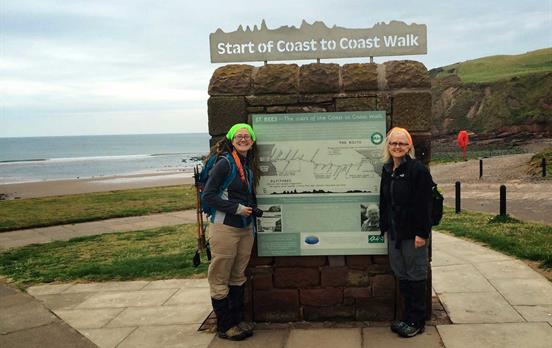

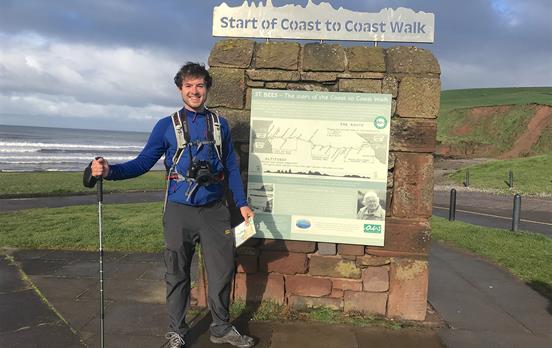
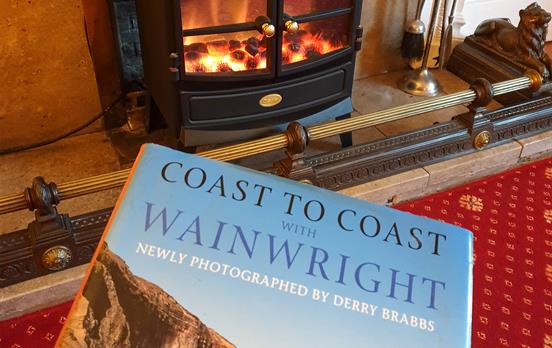
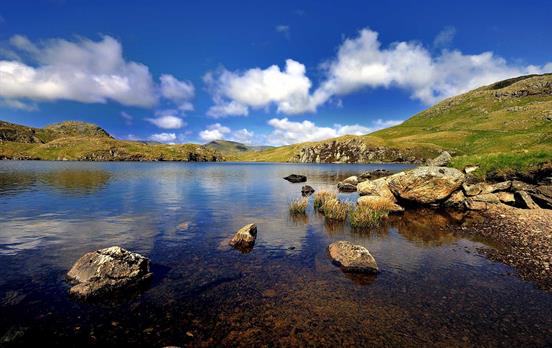

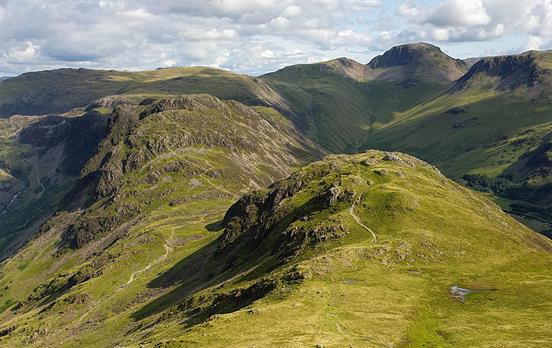
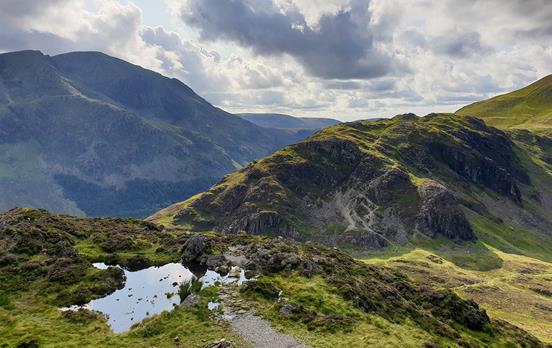
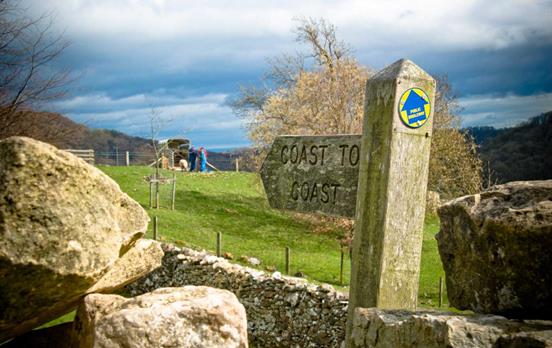
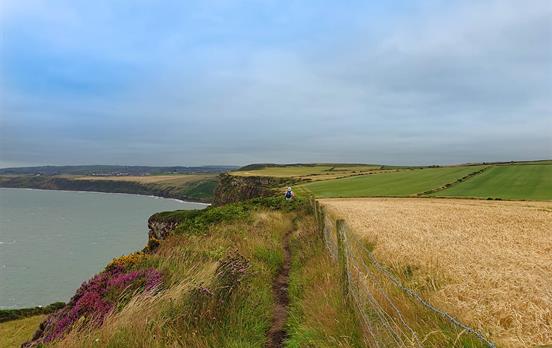
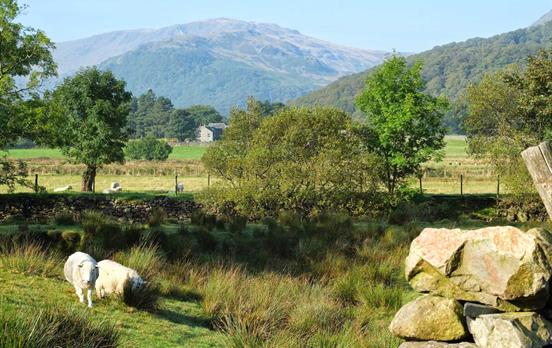
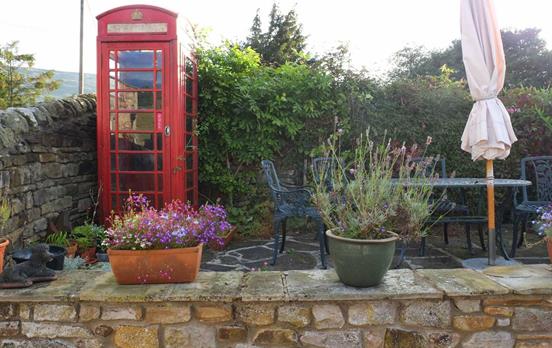
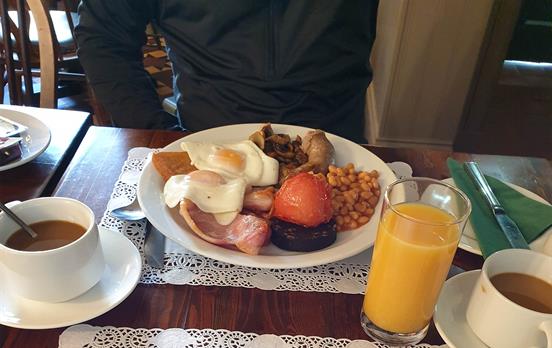

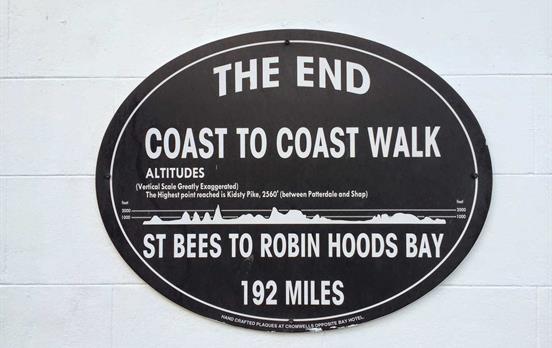
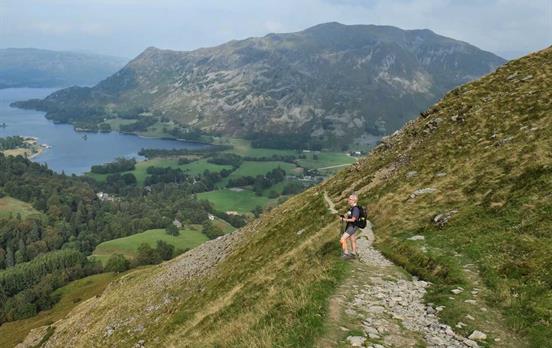
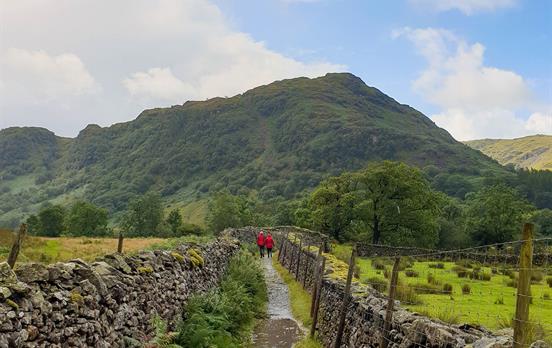
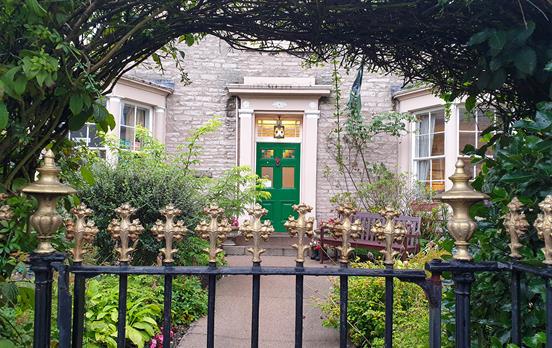
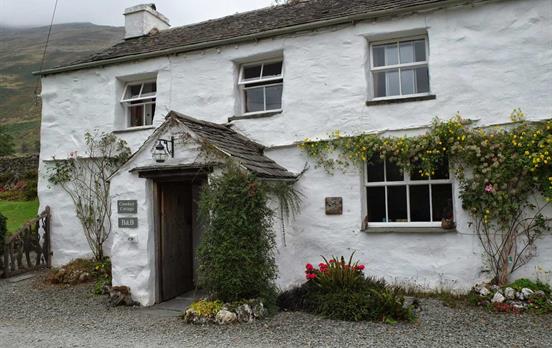
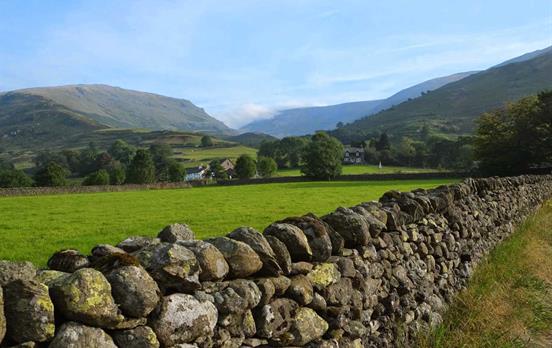
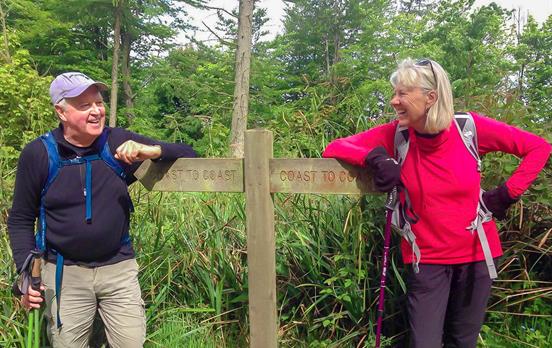
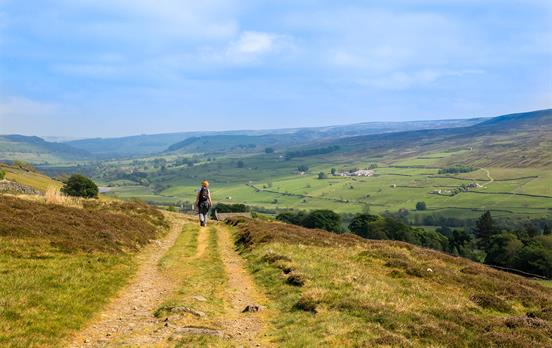
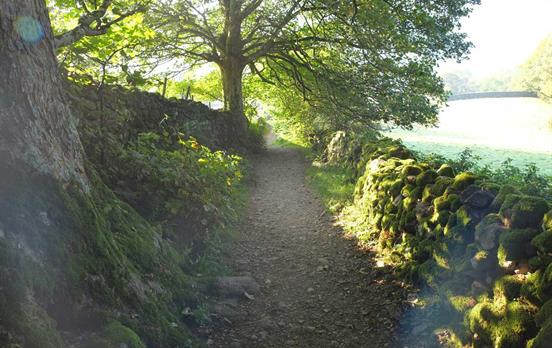
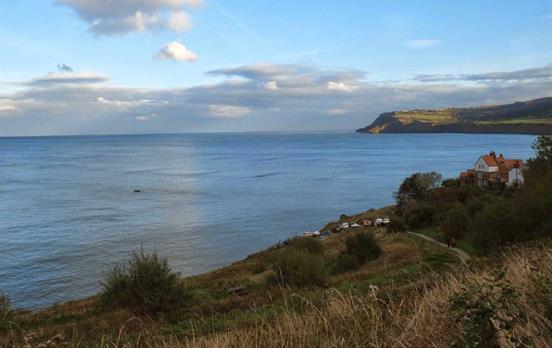
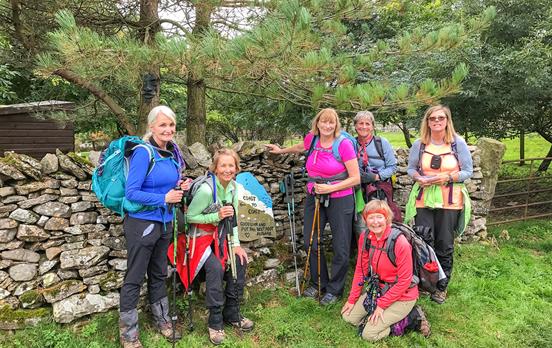
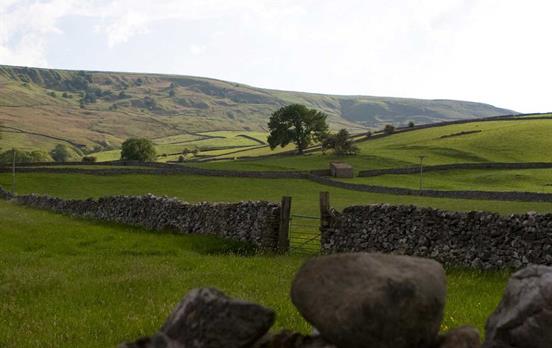
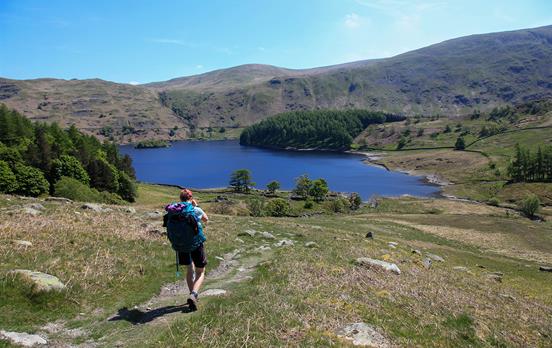
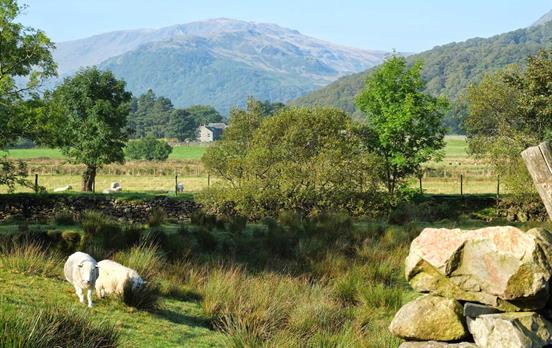
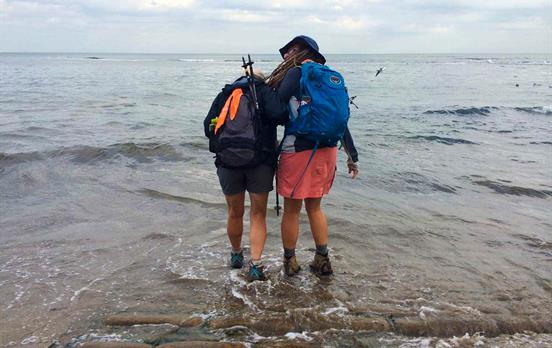

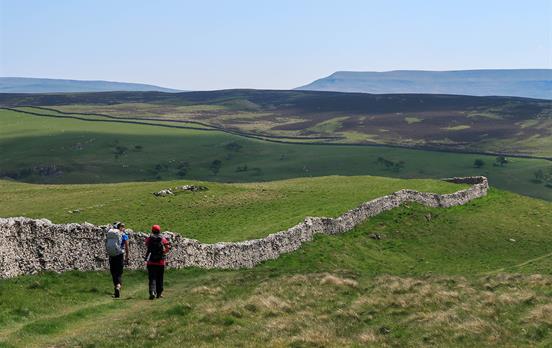
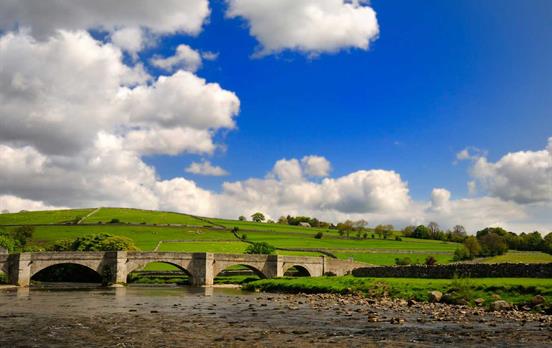
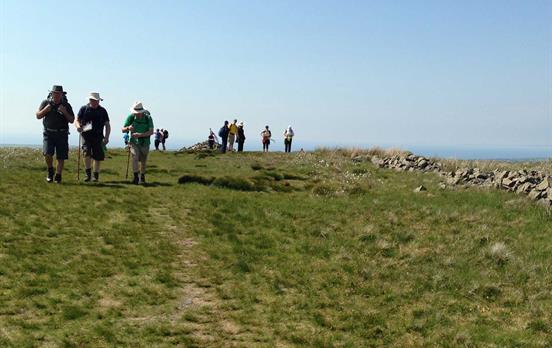
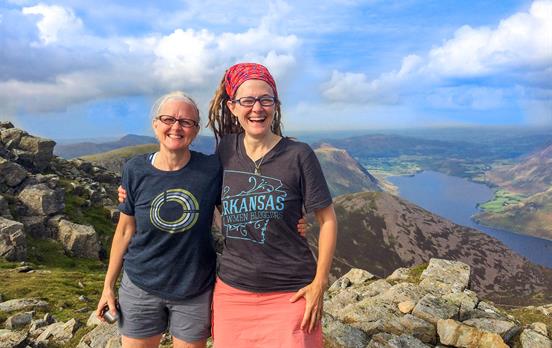
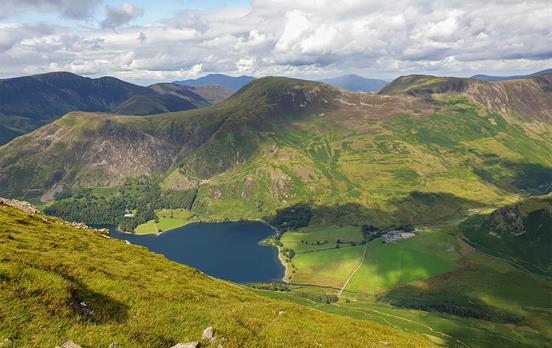

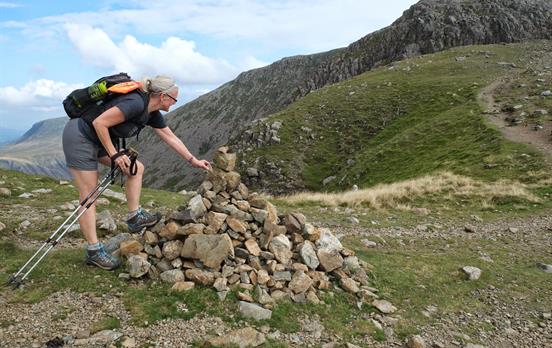
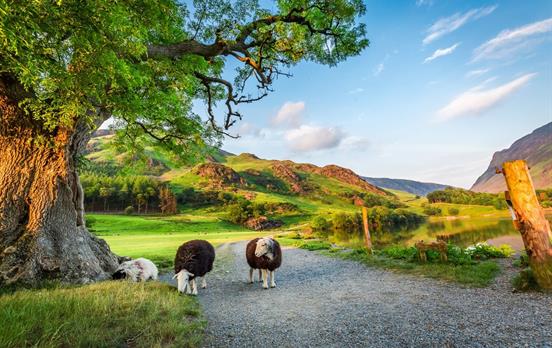
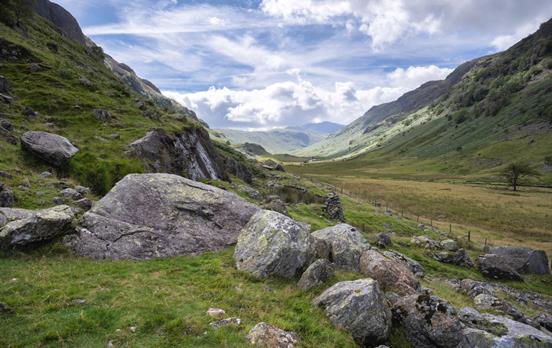


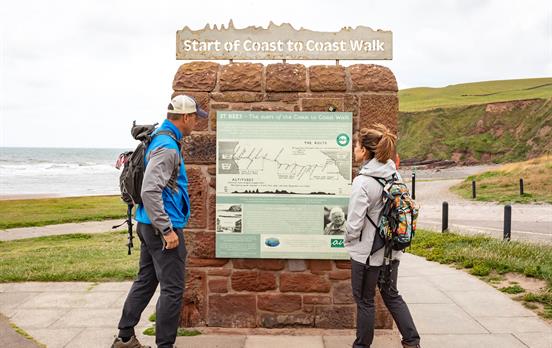
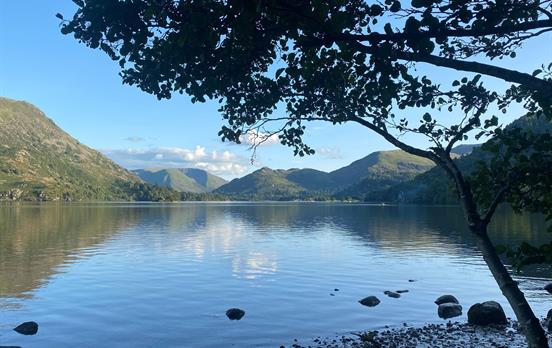
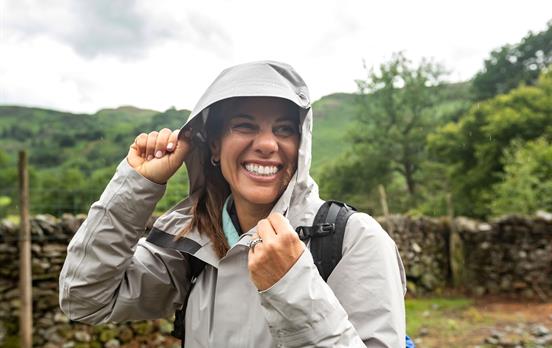
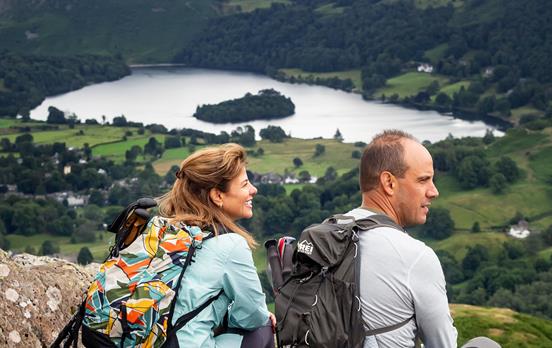

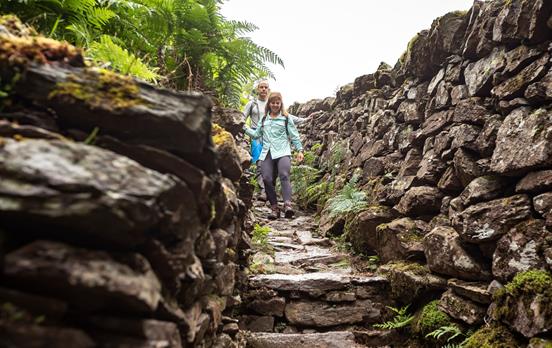
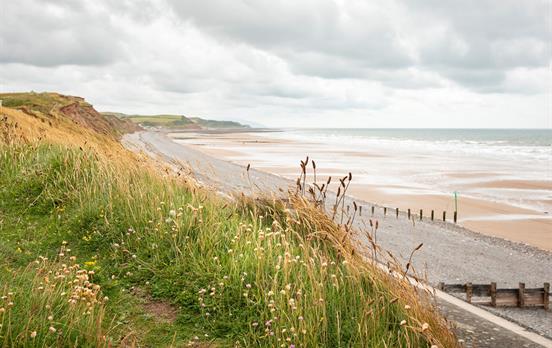
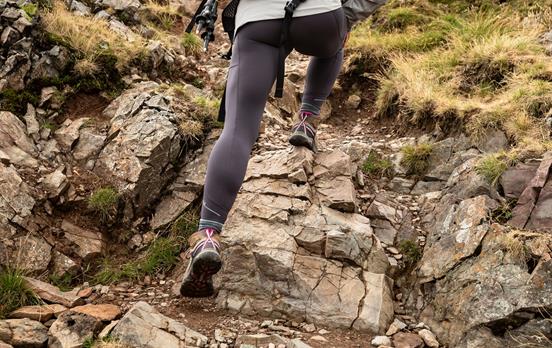

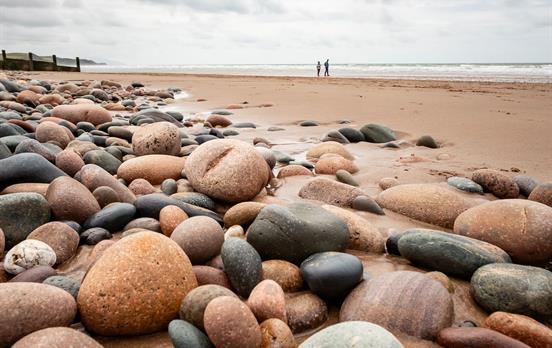

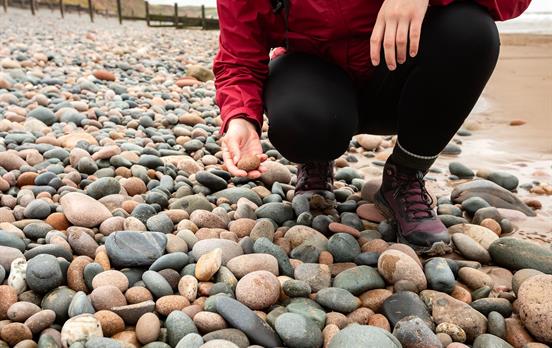
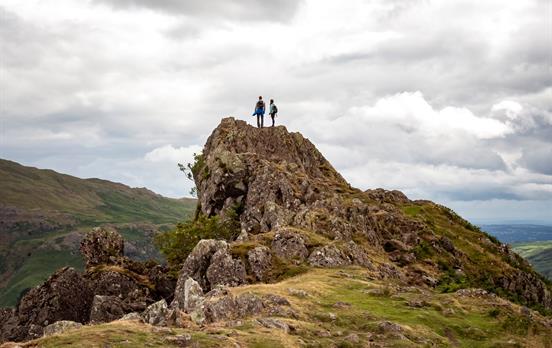
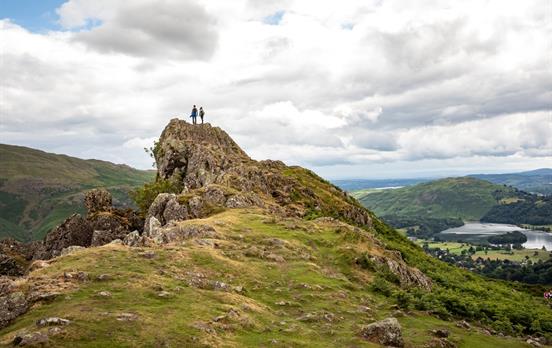
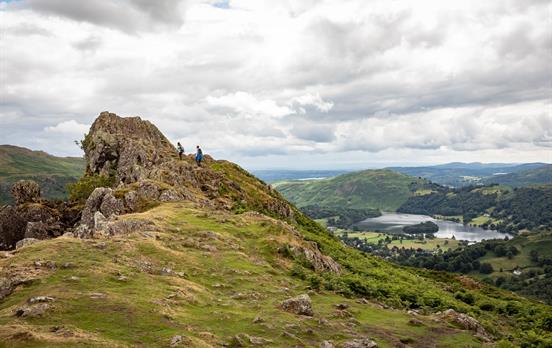

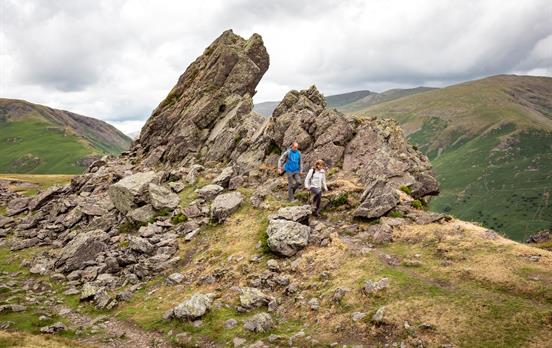
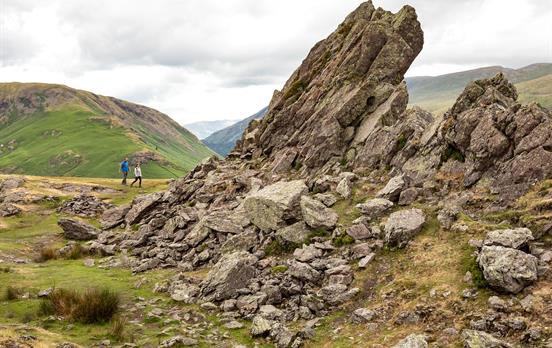
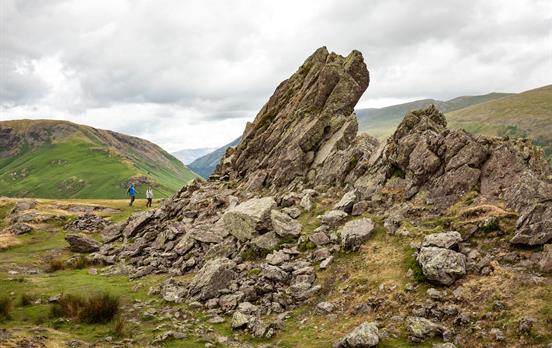
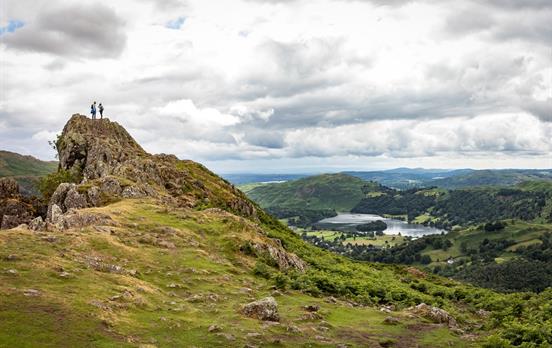
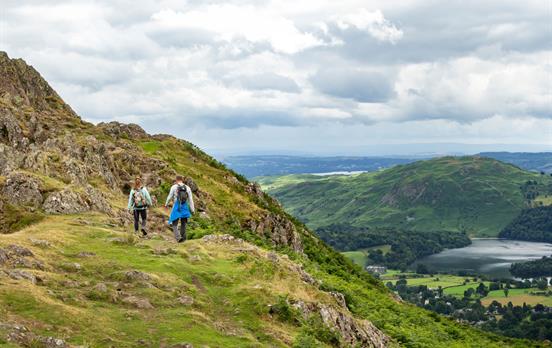
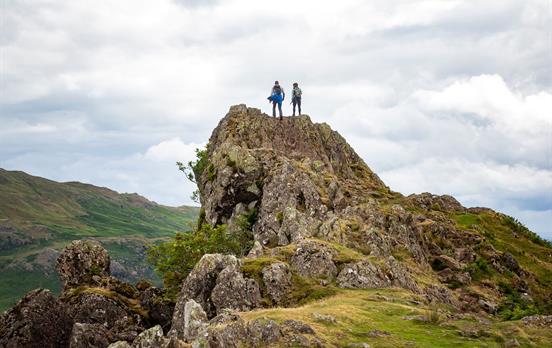
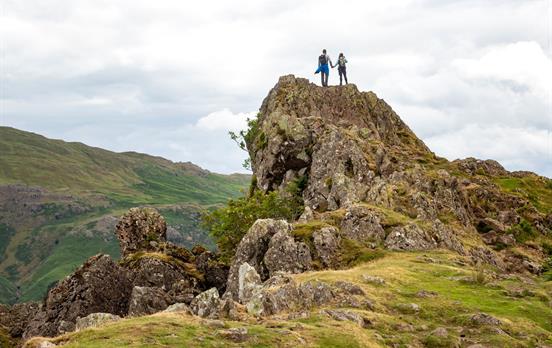
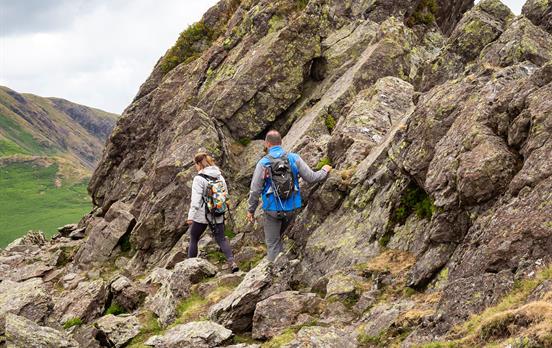
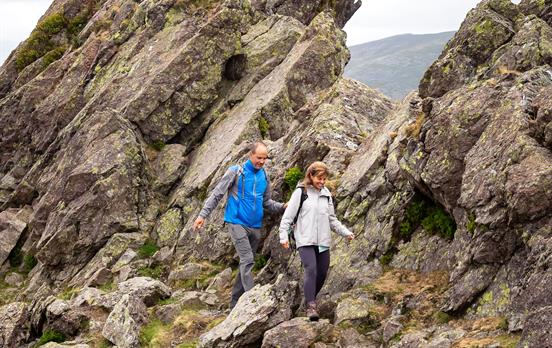
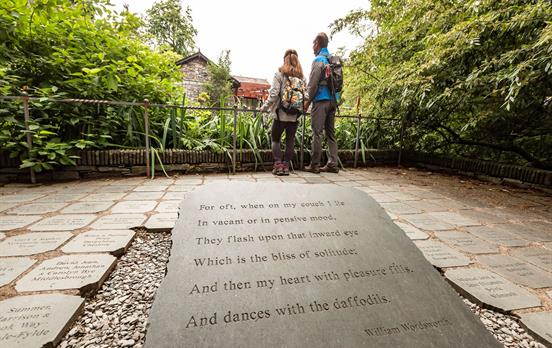
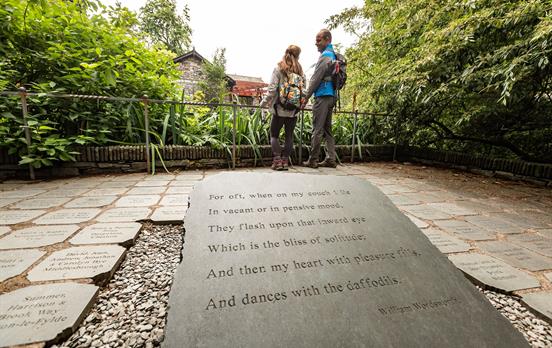


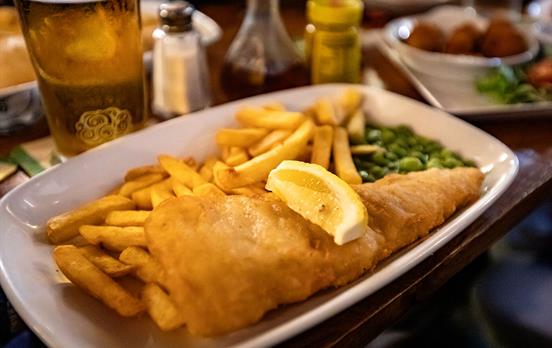







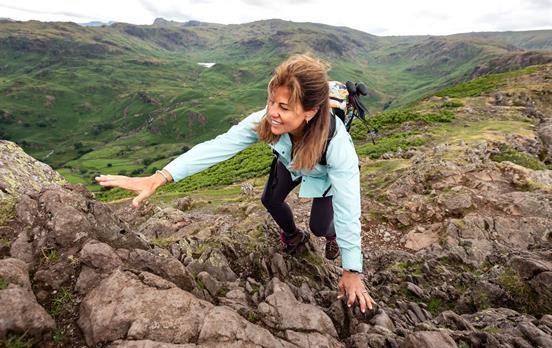


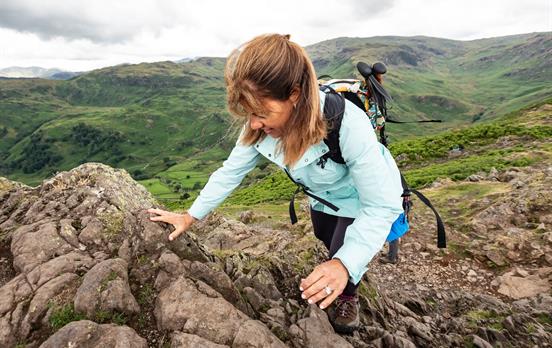
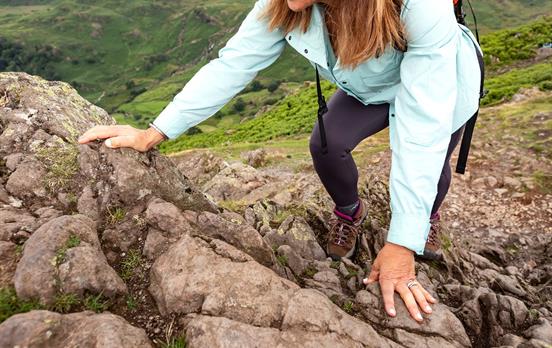
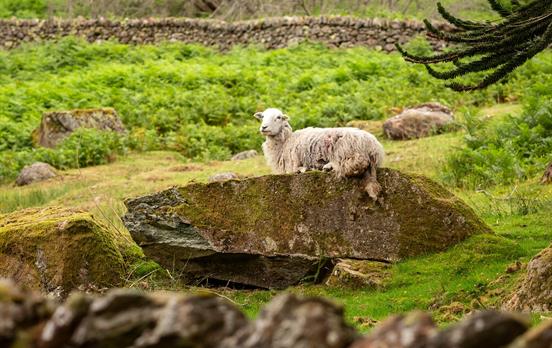
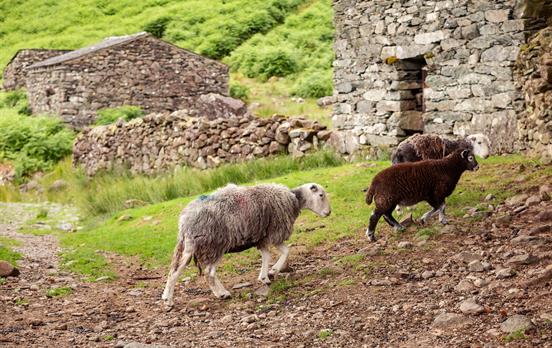
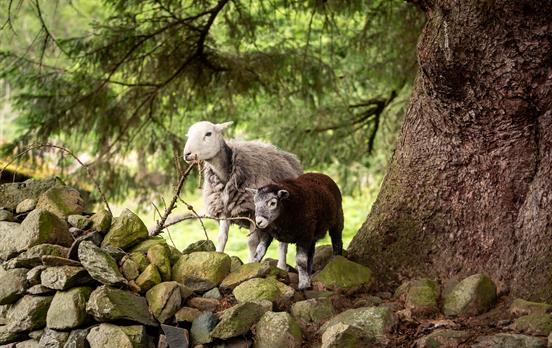

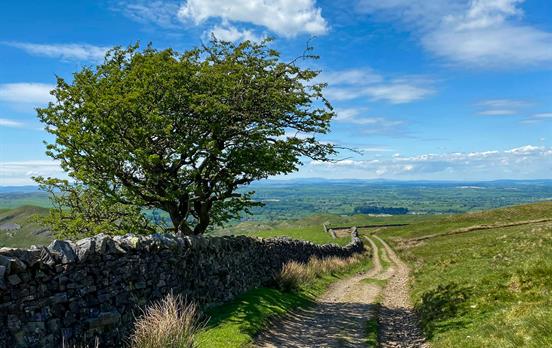
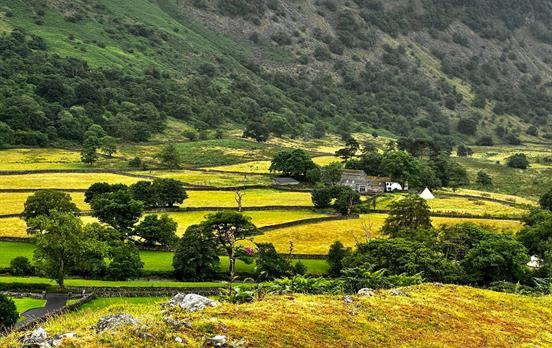
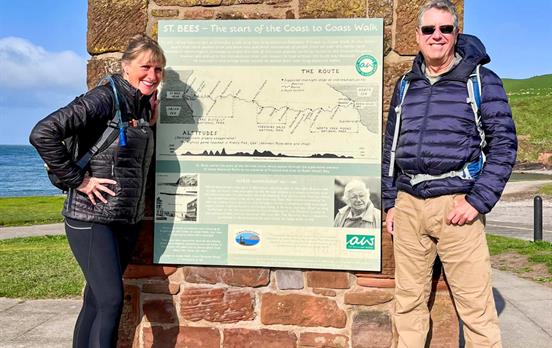

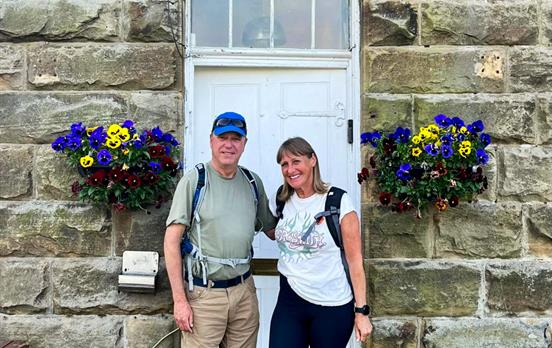
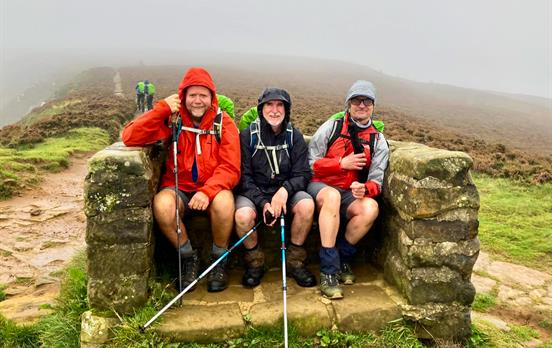


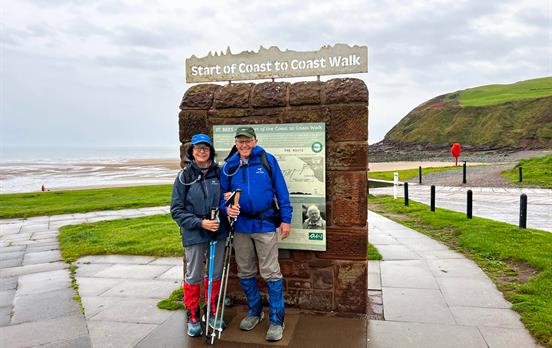
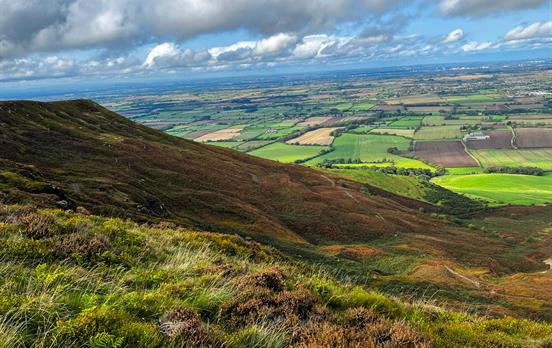
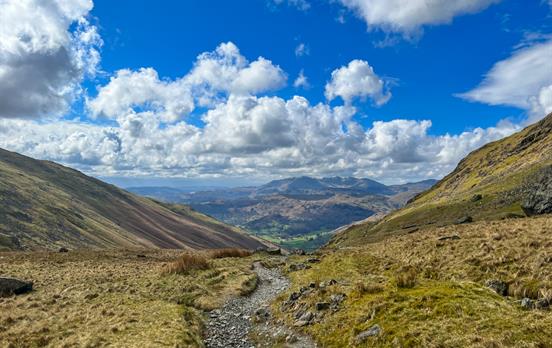


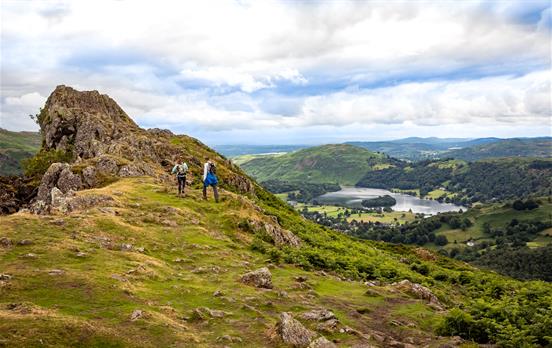

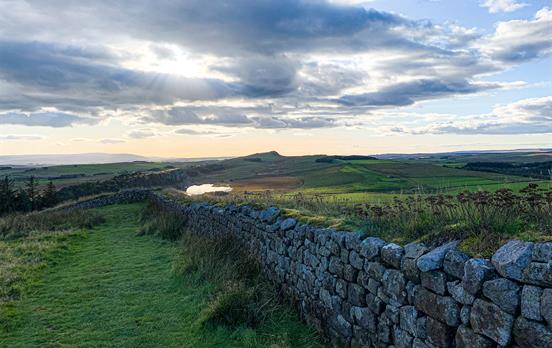
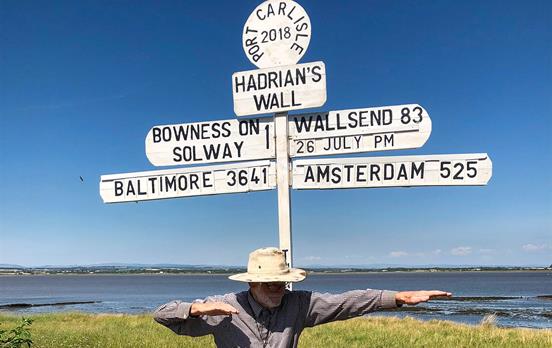
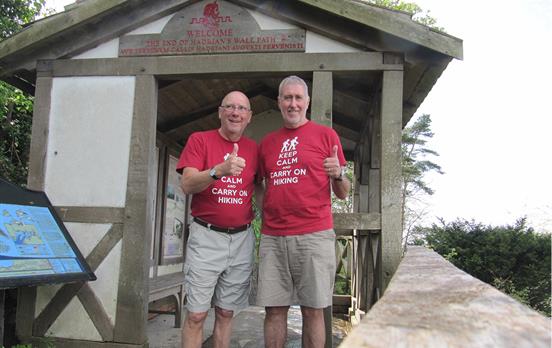
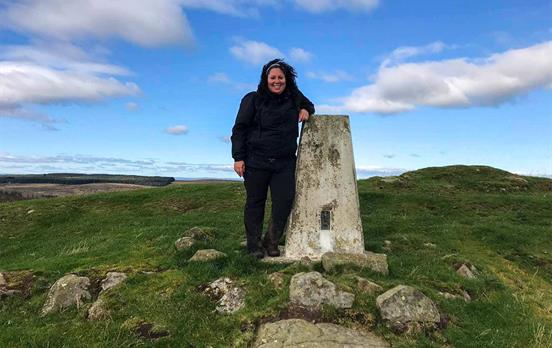
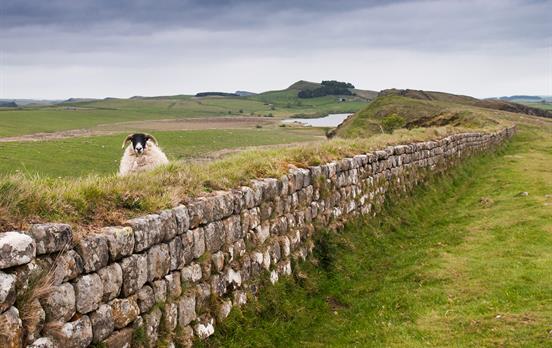
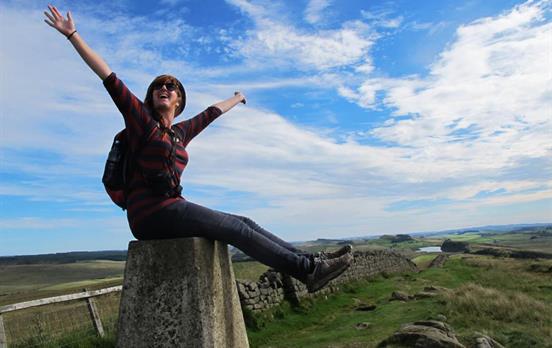

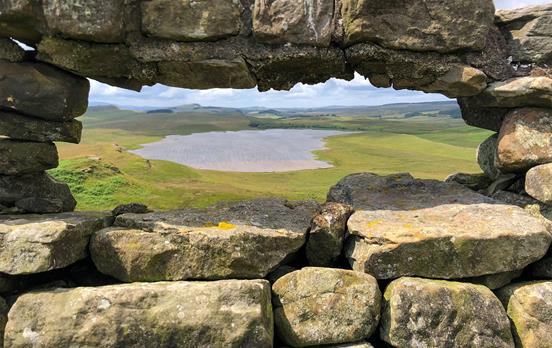
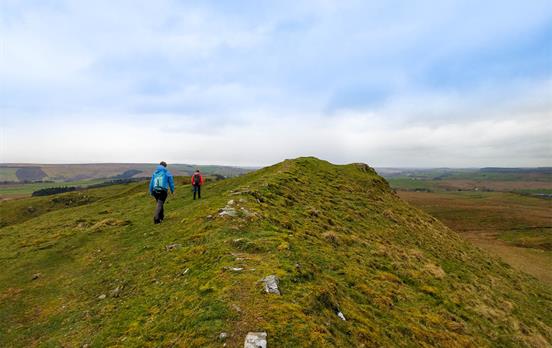
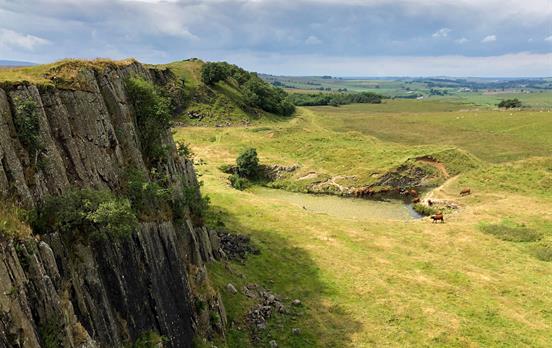
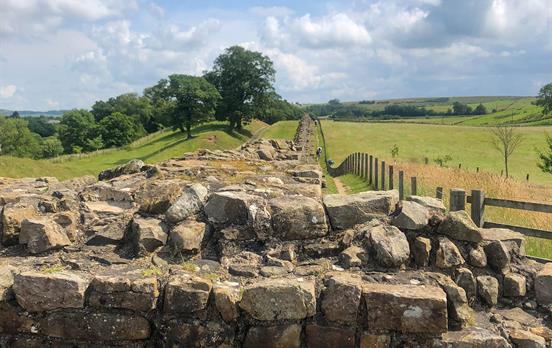
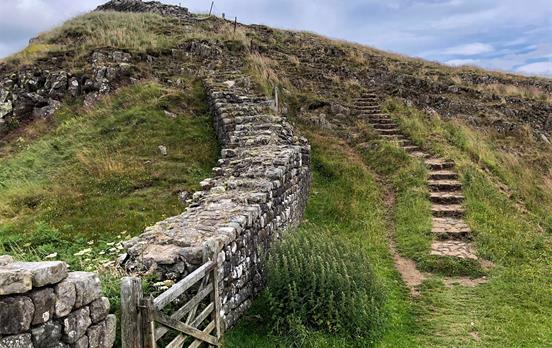
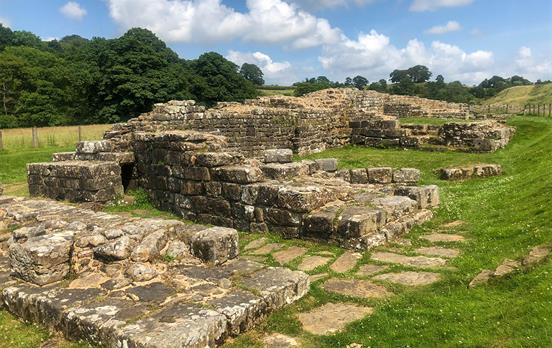
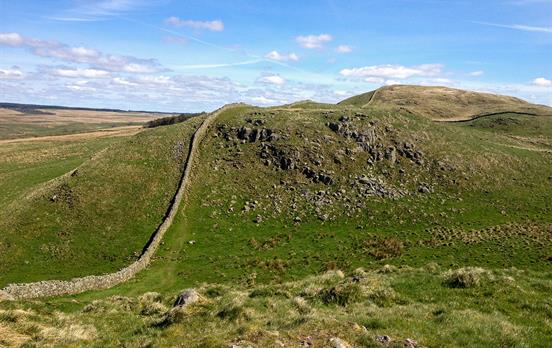
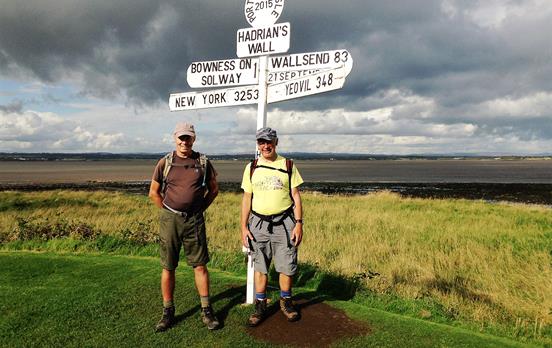
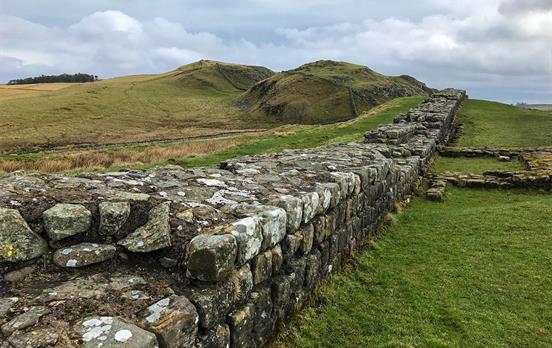
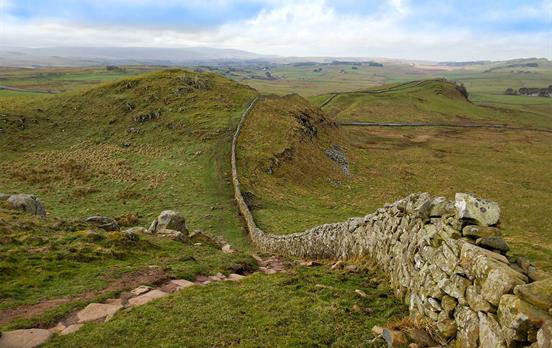
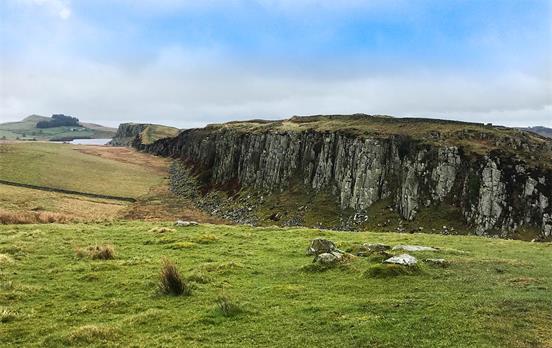


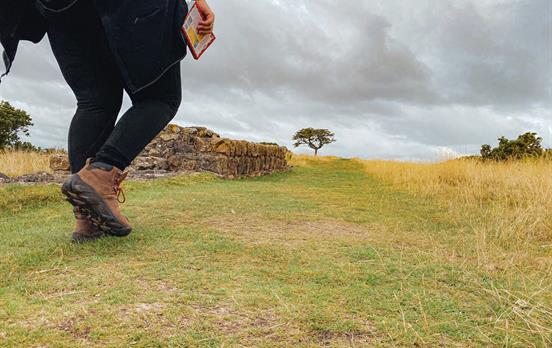




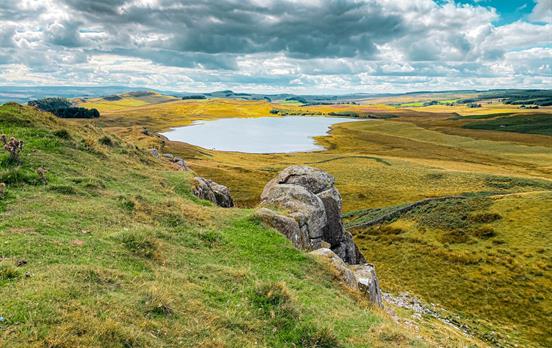
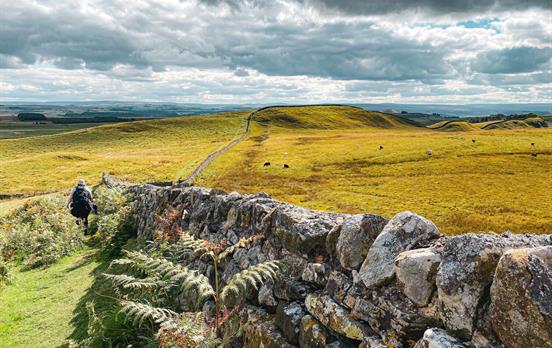
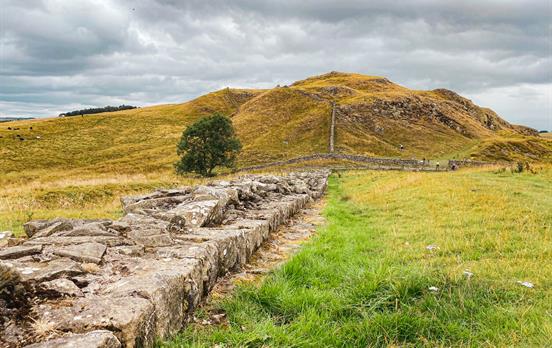
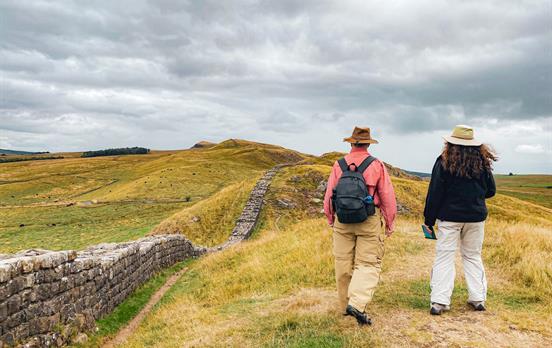
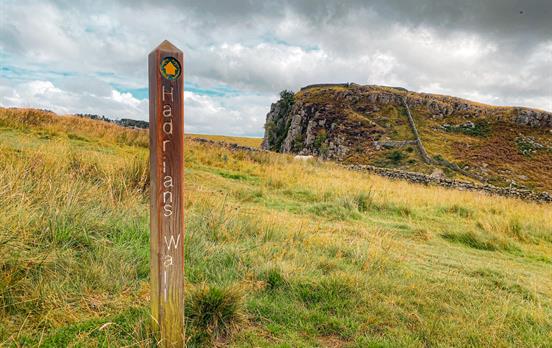

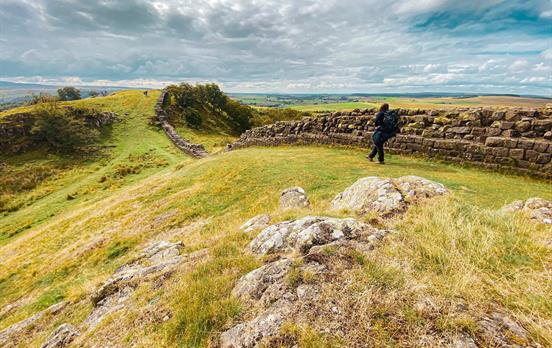
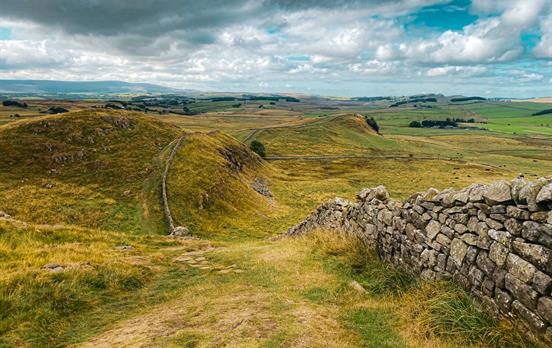
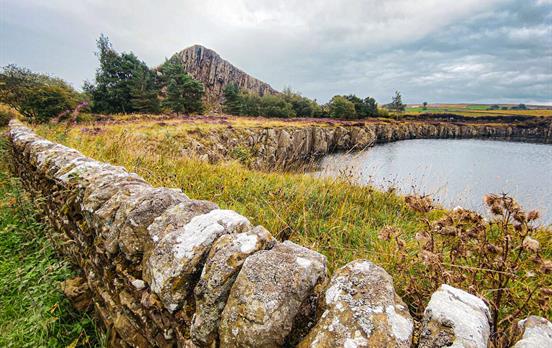
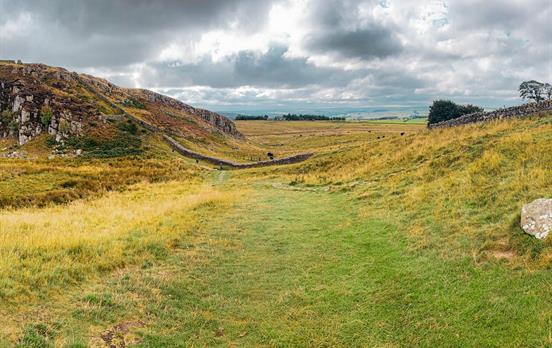


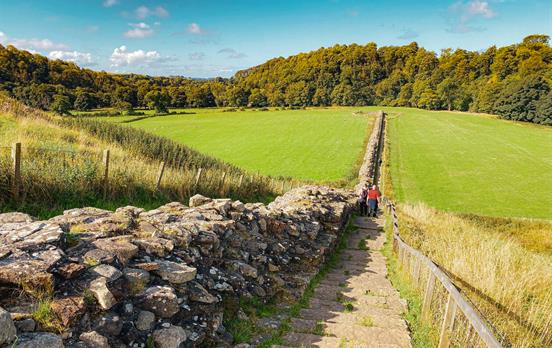

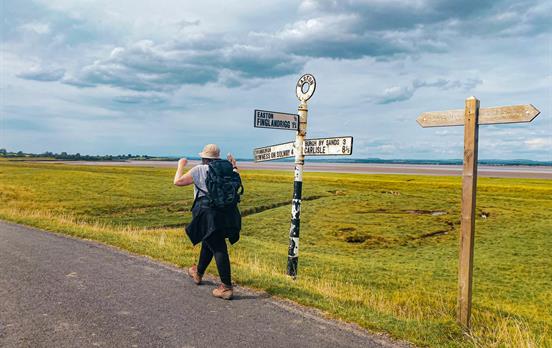
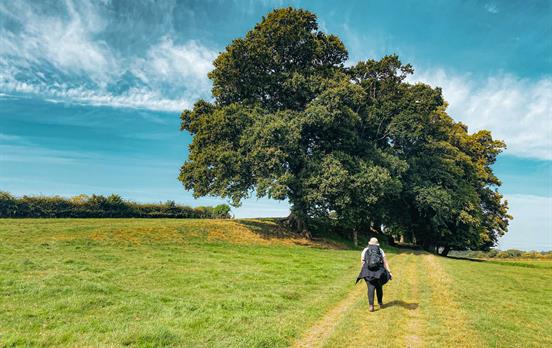


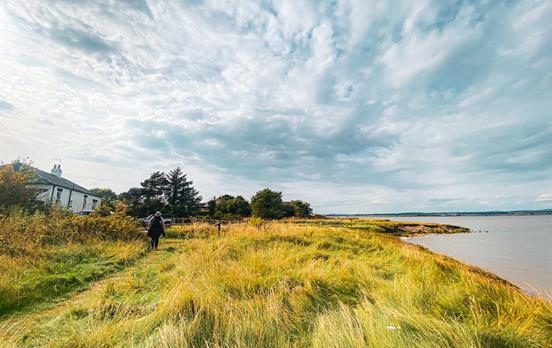
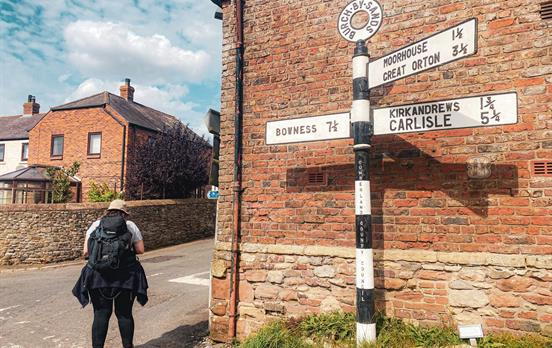
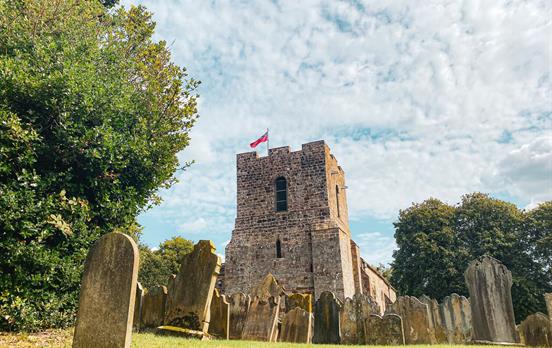
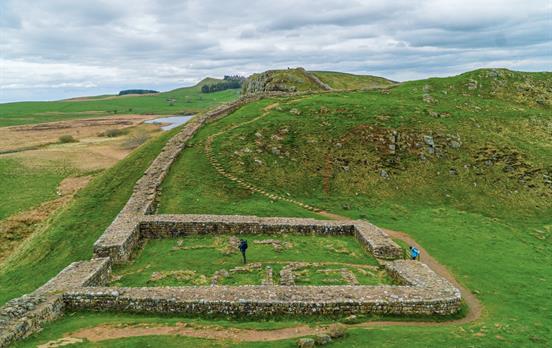
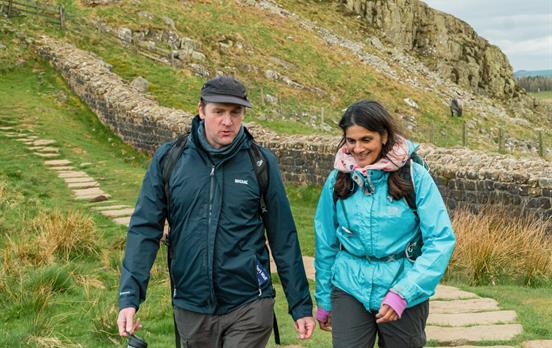




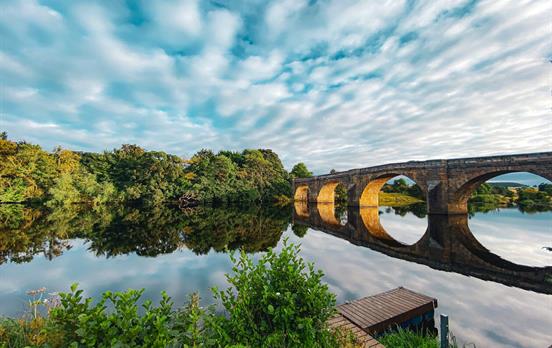
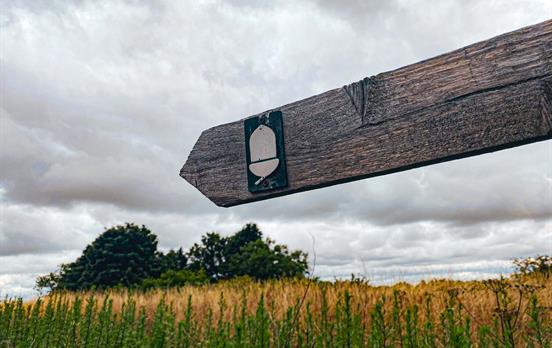


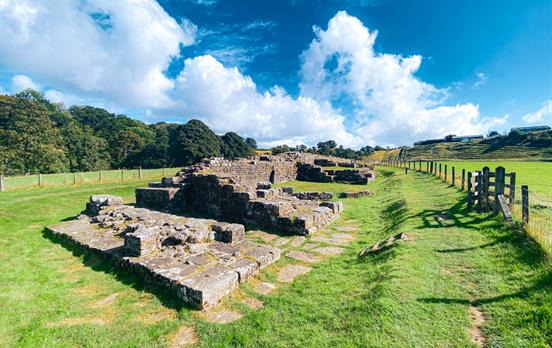
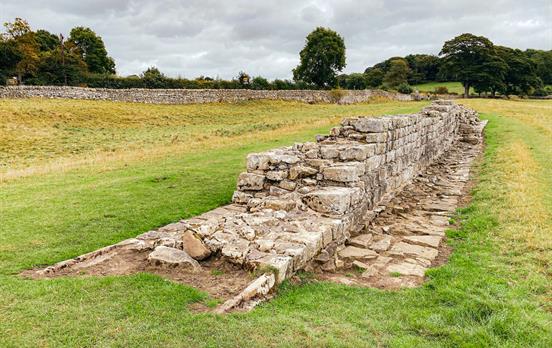
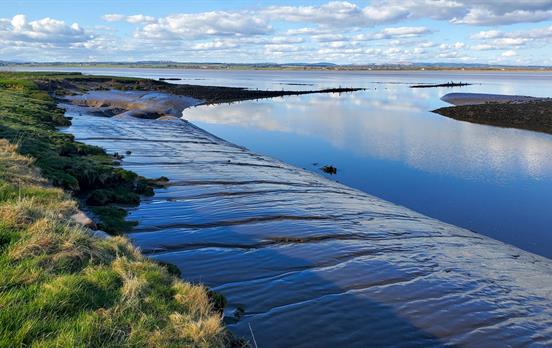
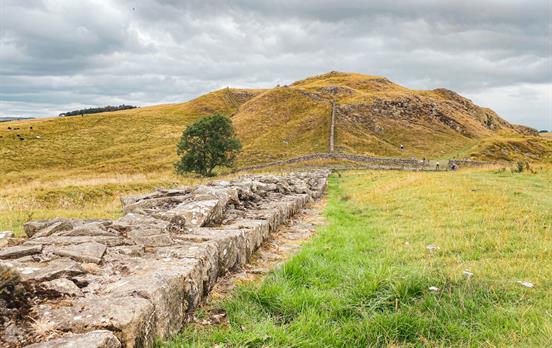
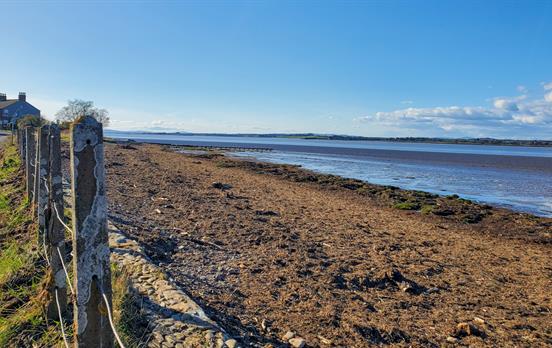
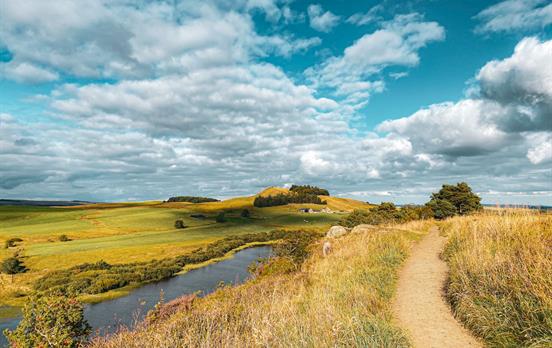
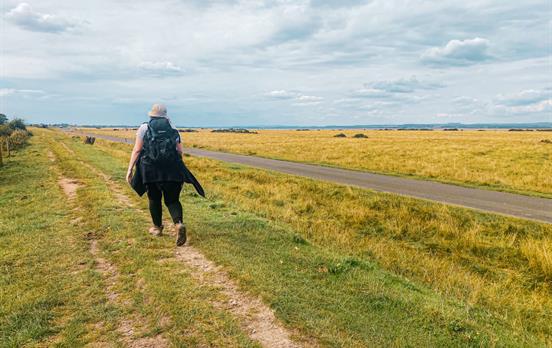
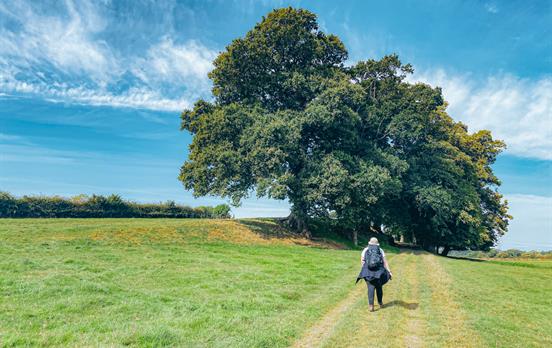
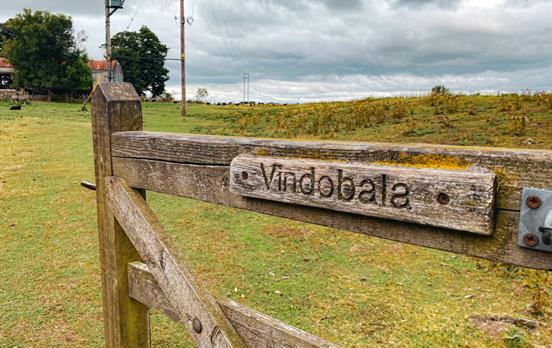
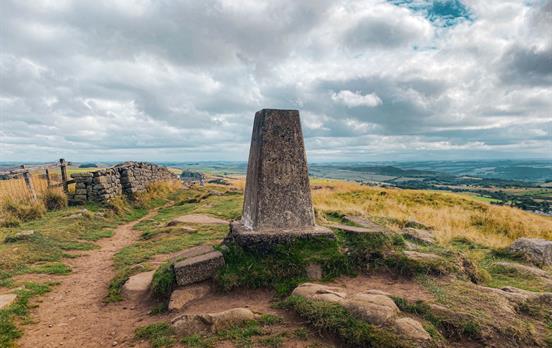
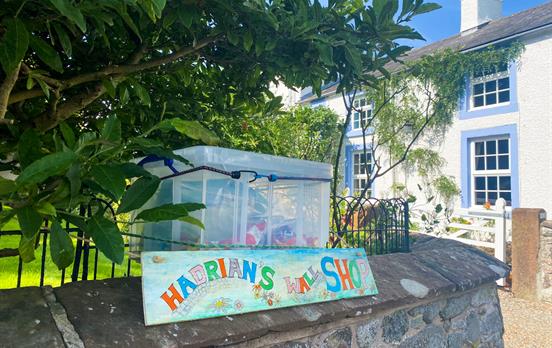
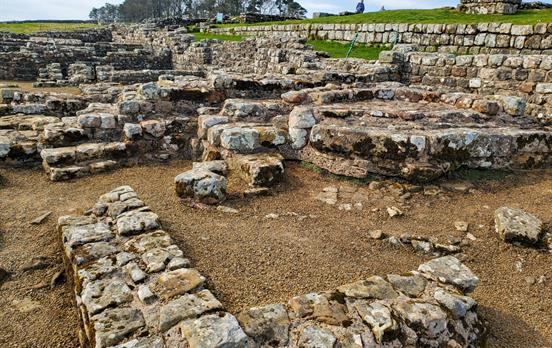
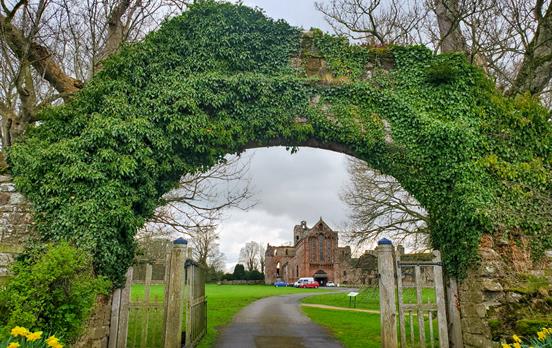
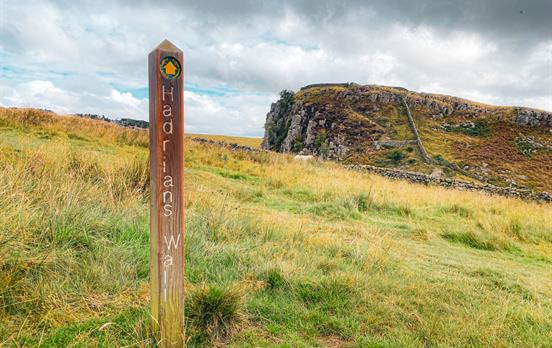
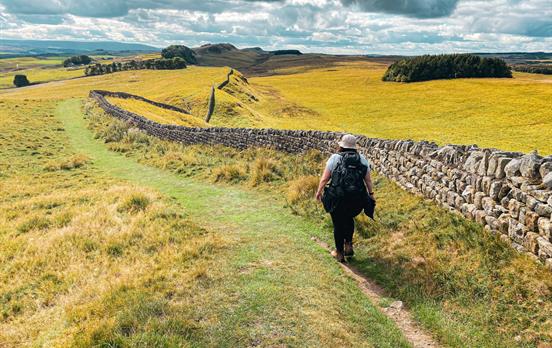
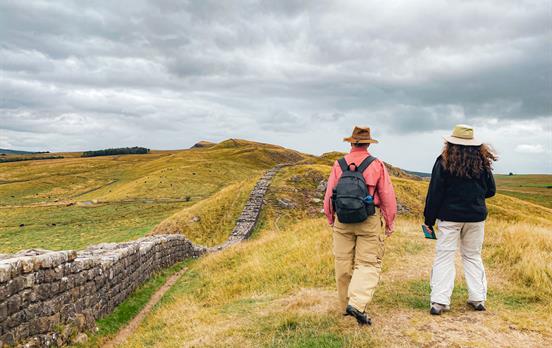
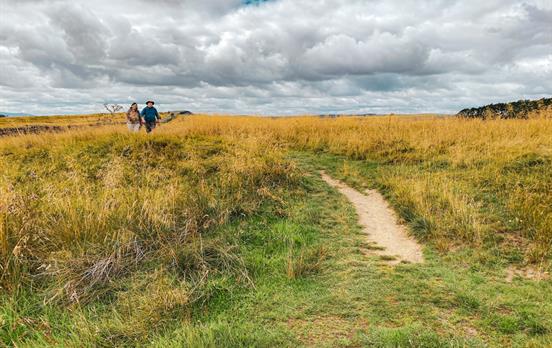
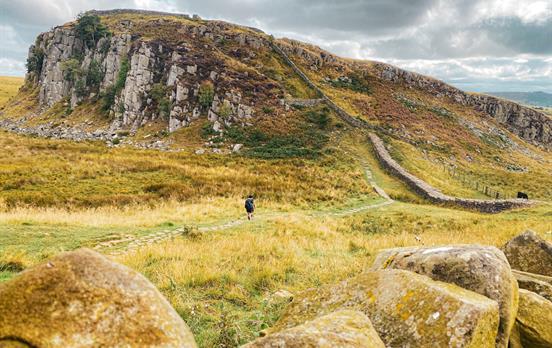
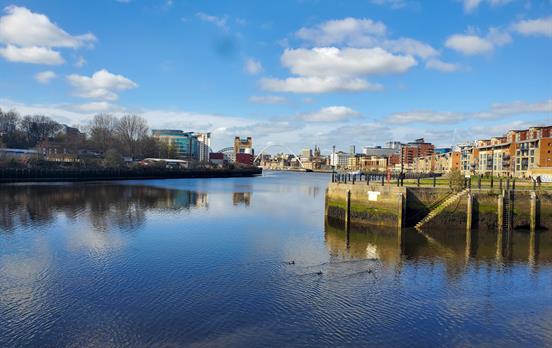
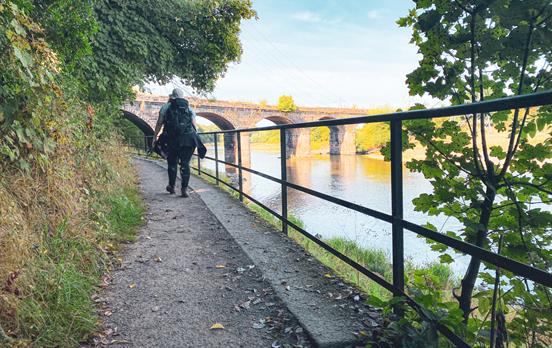

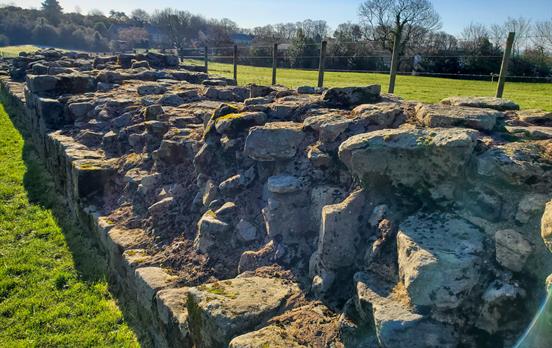
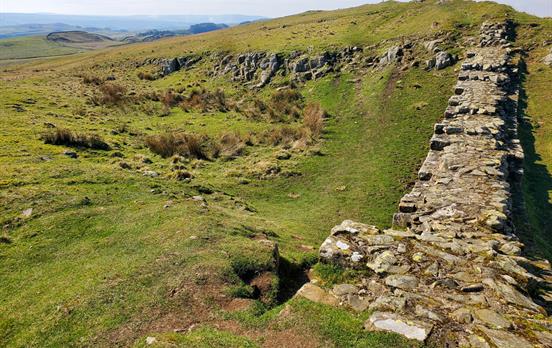
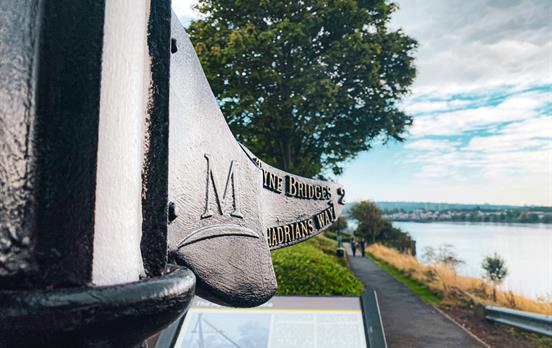
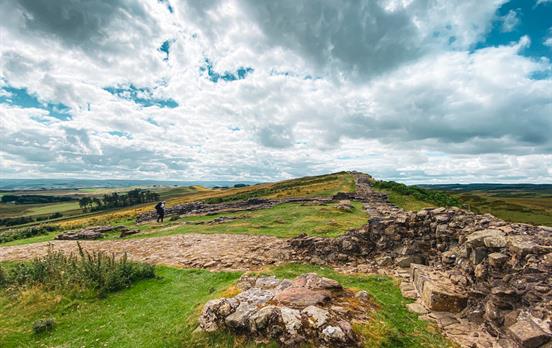
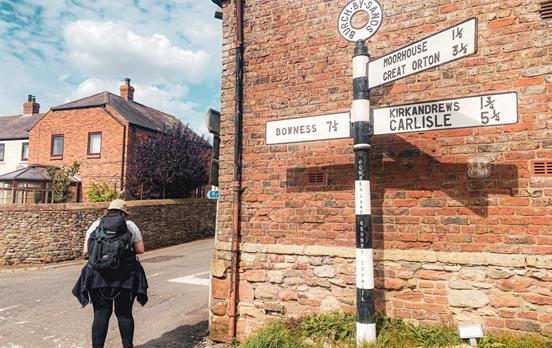

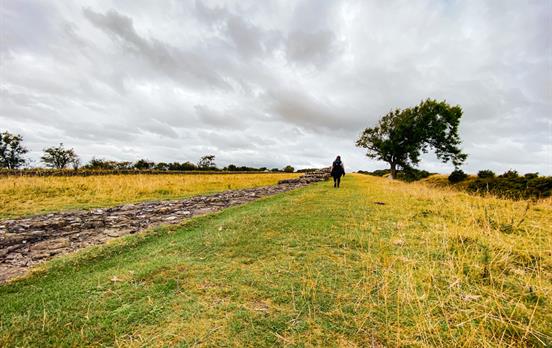
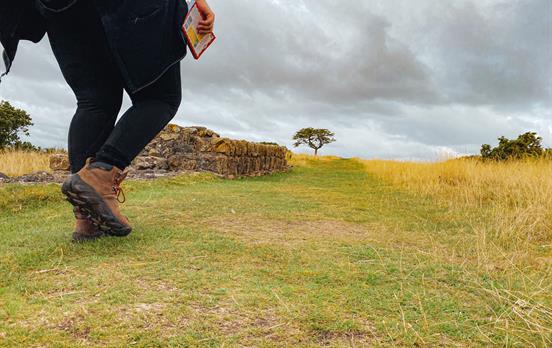

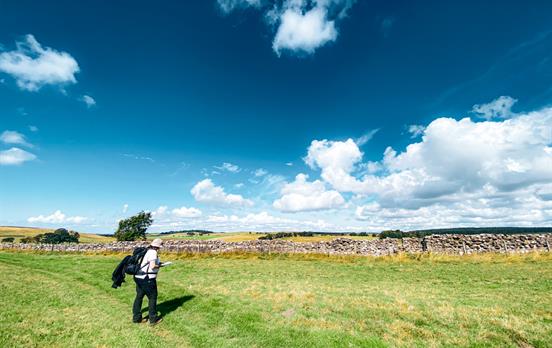
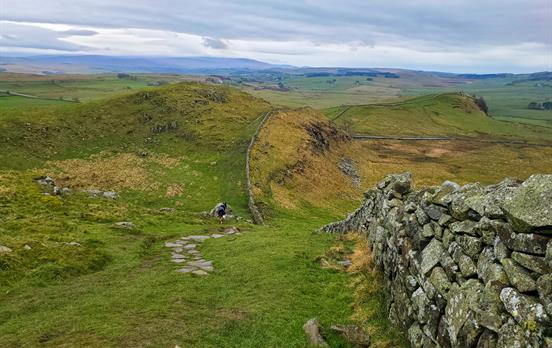
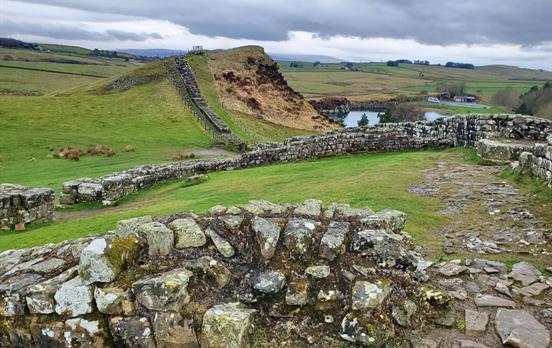
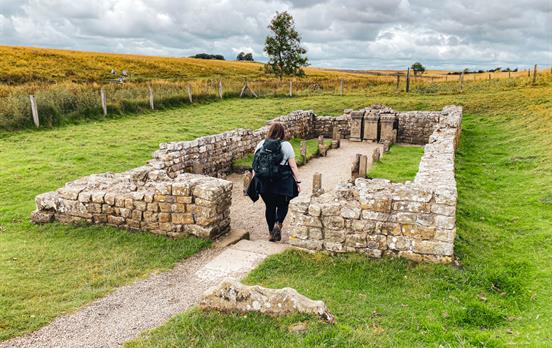
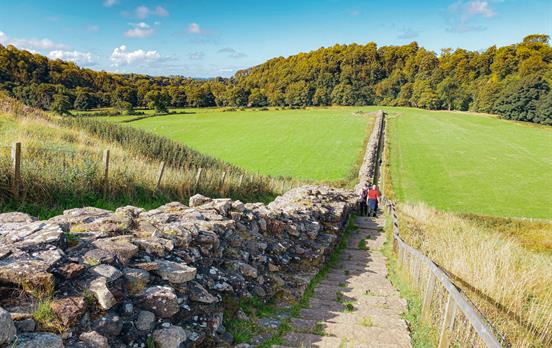
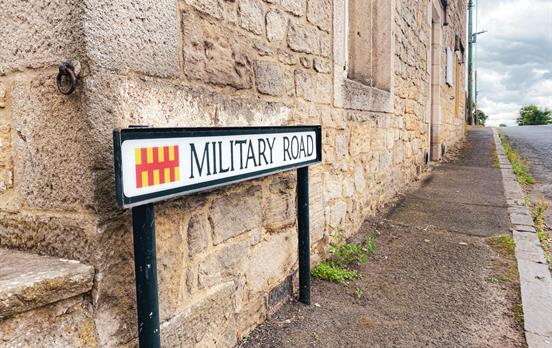
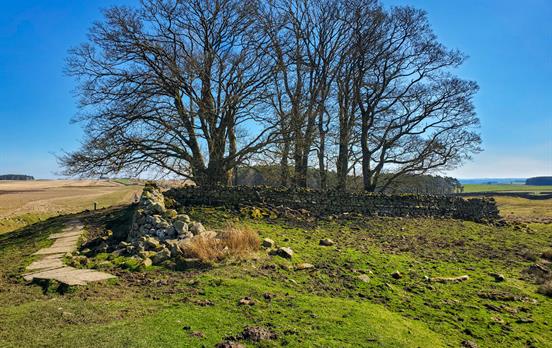
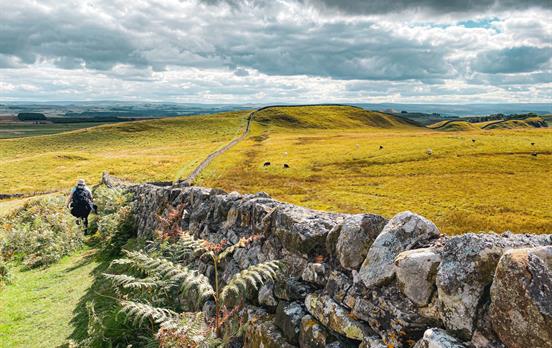
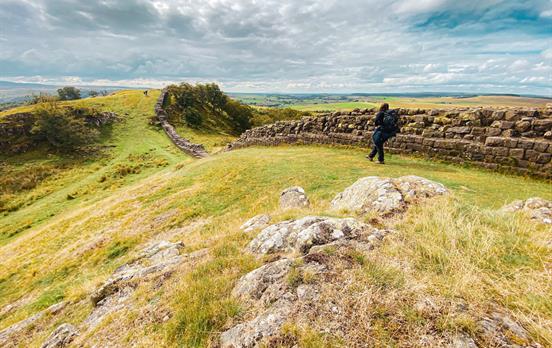
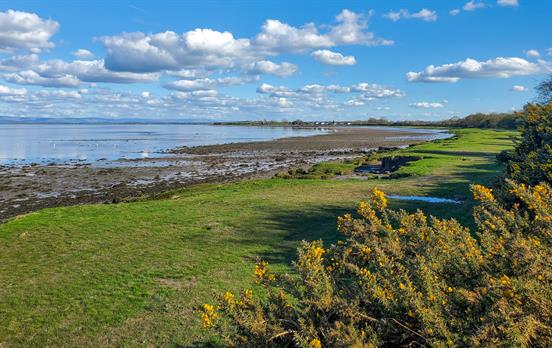
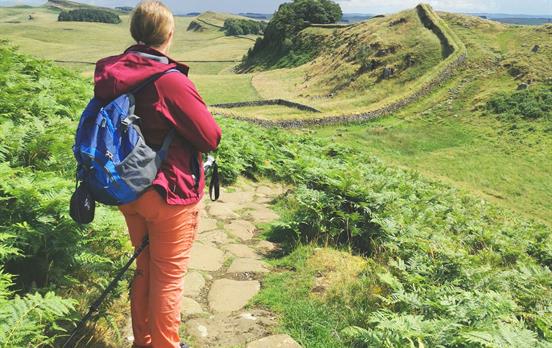
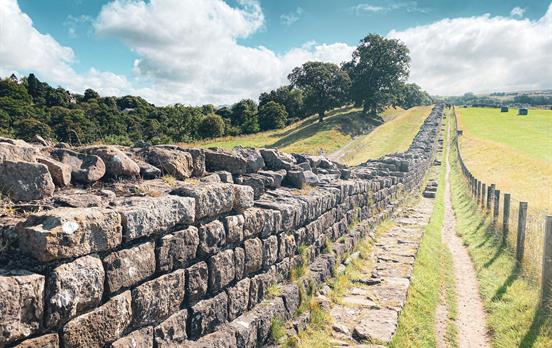
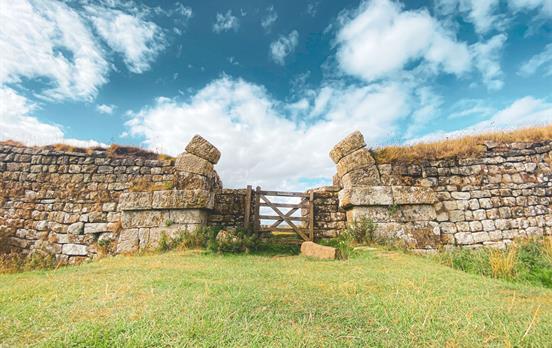

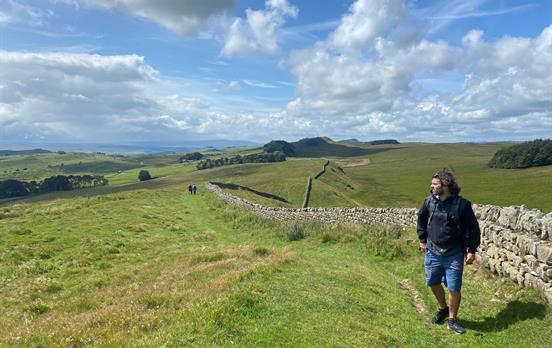
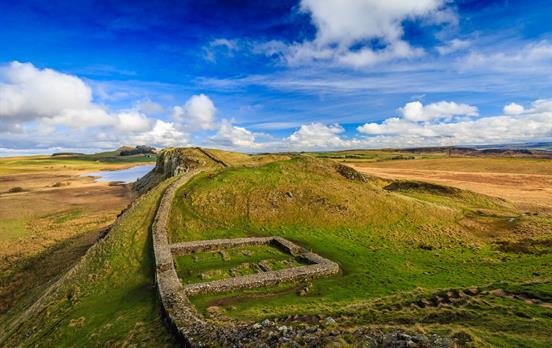

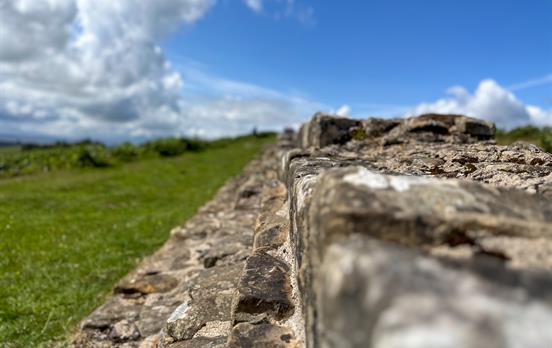
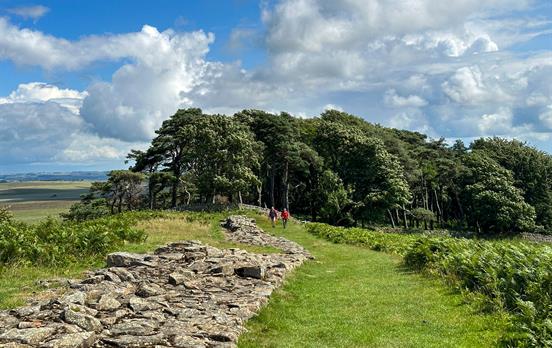
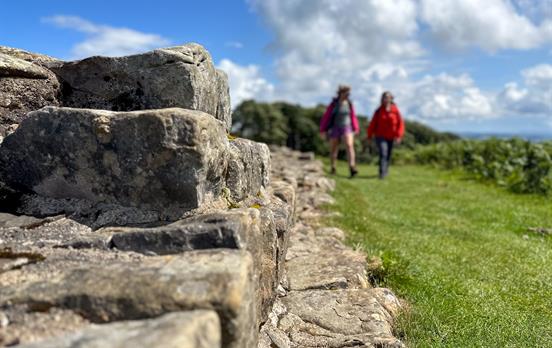
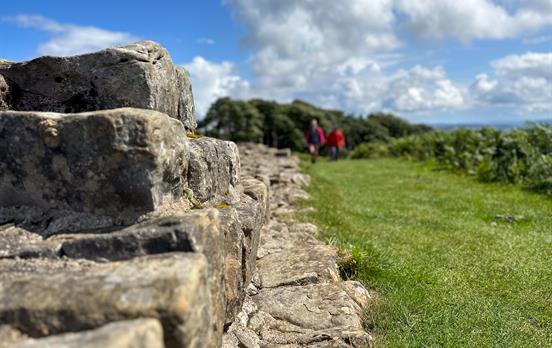
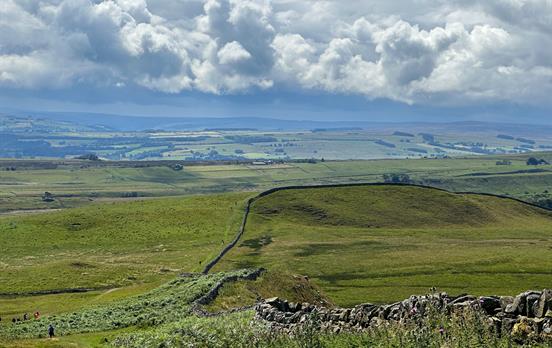

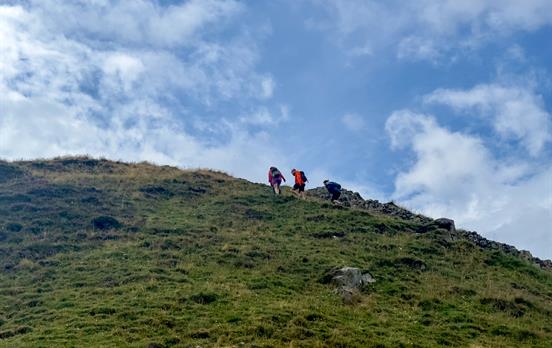



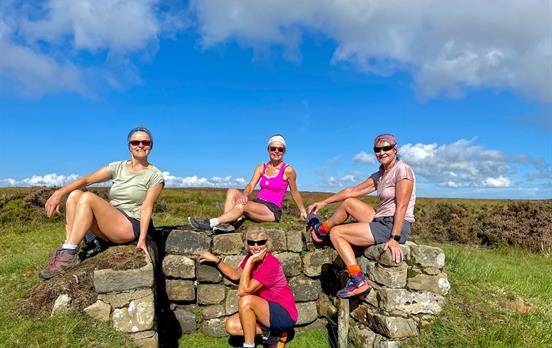

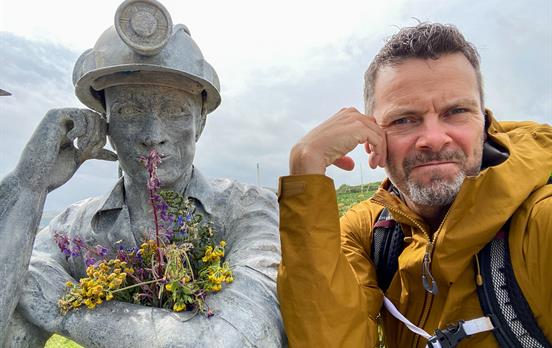
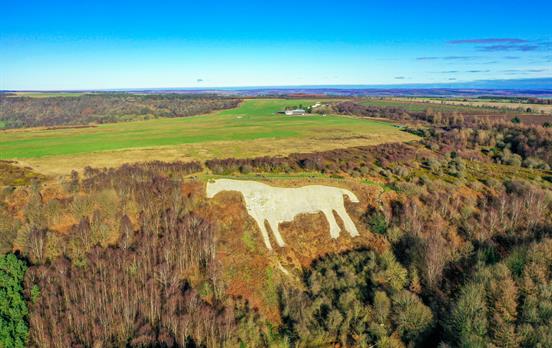
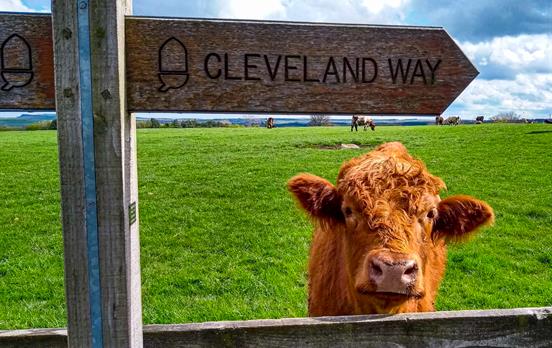
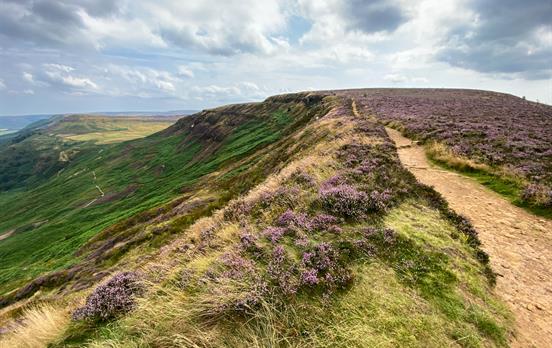

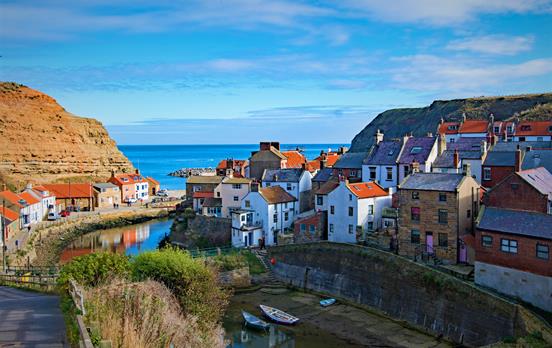






 Canada
Canada